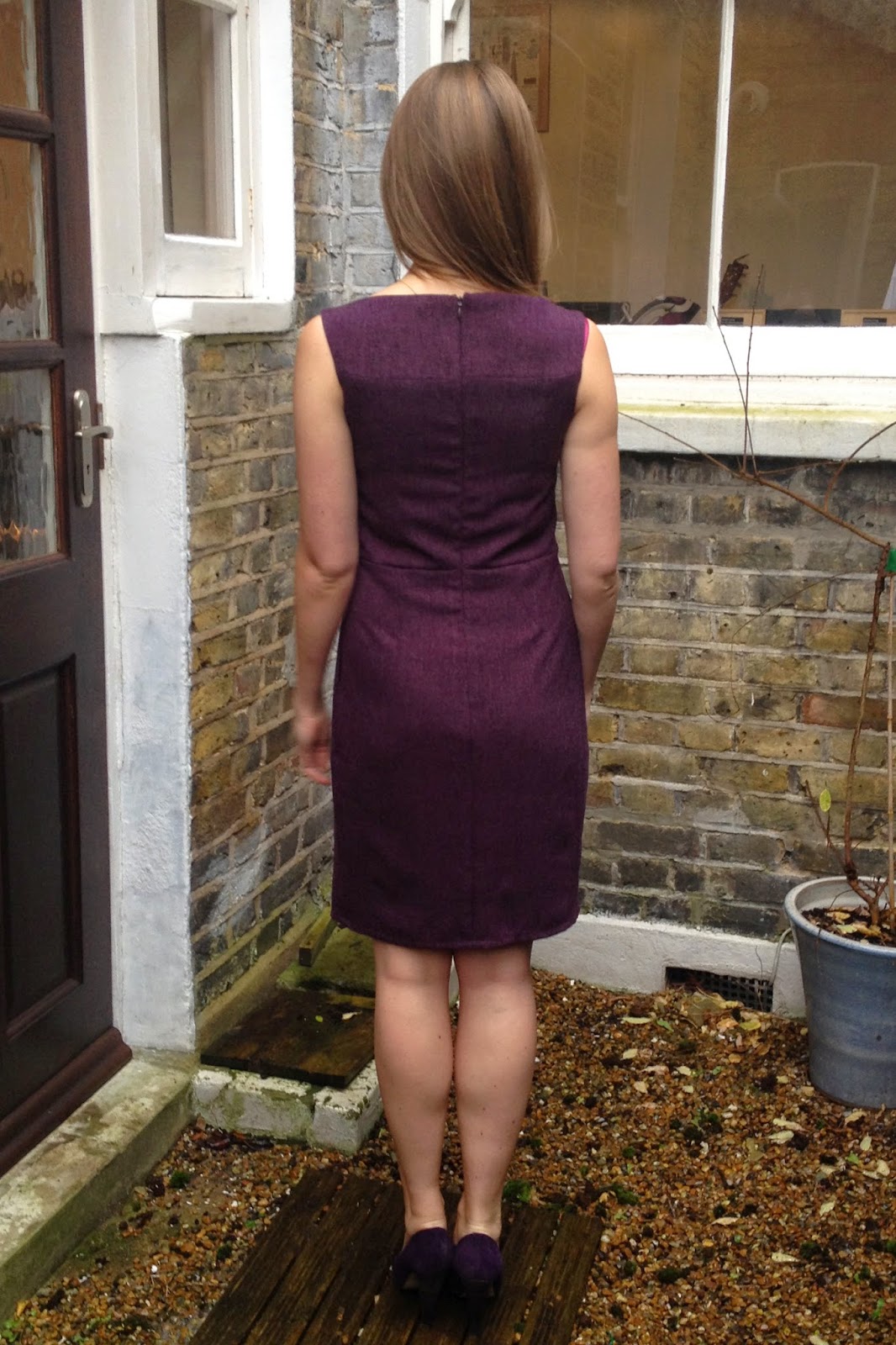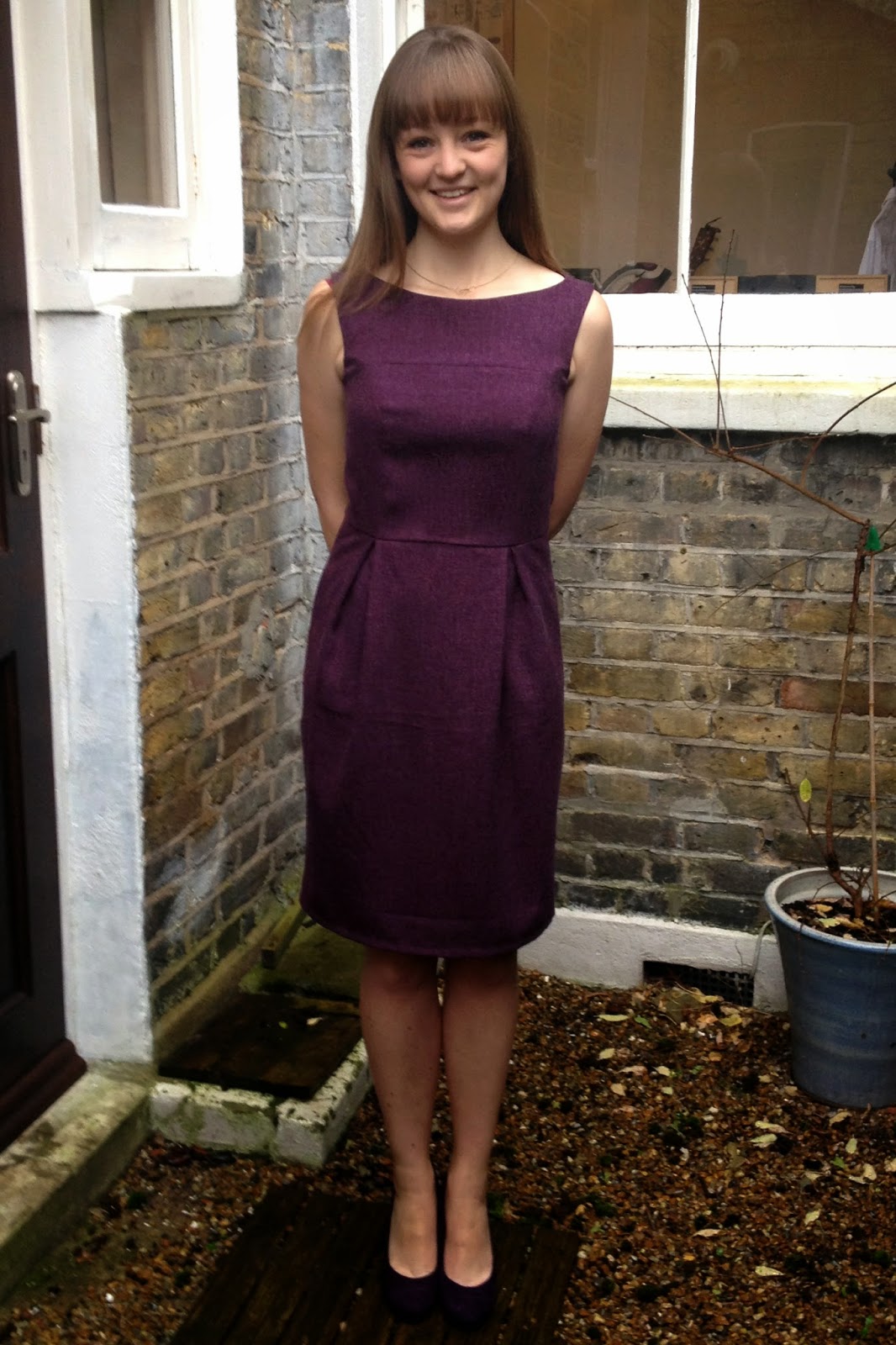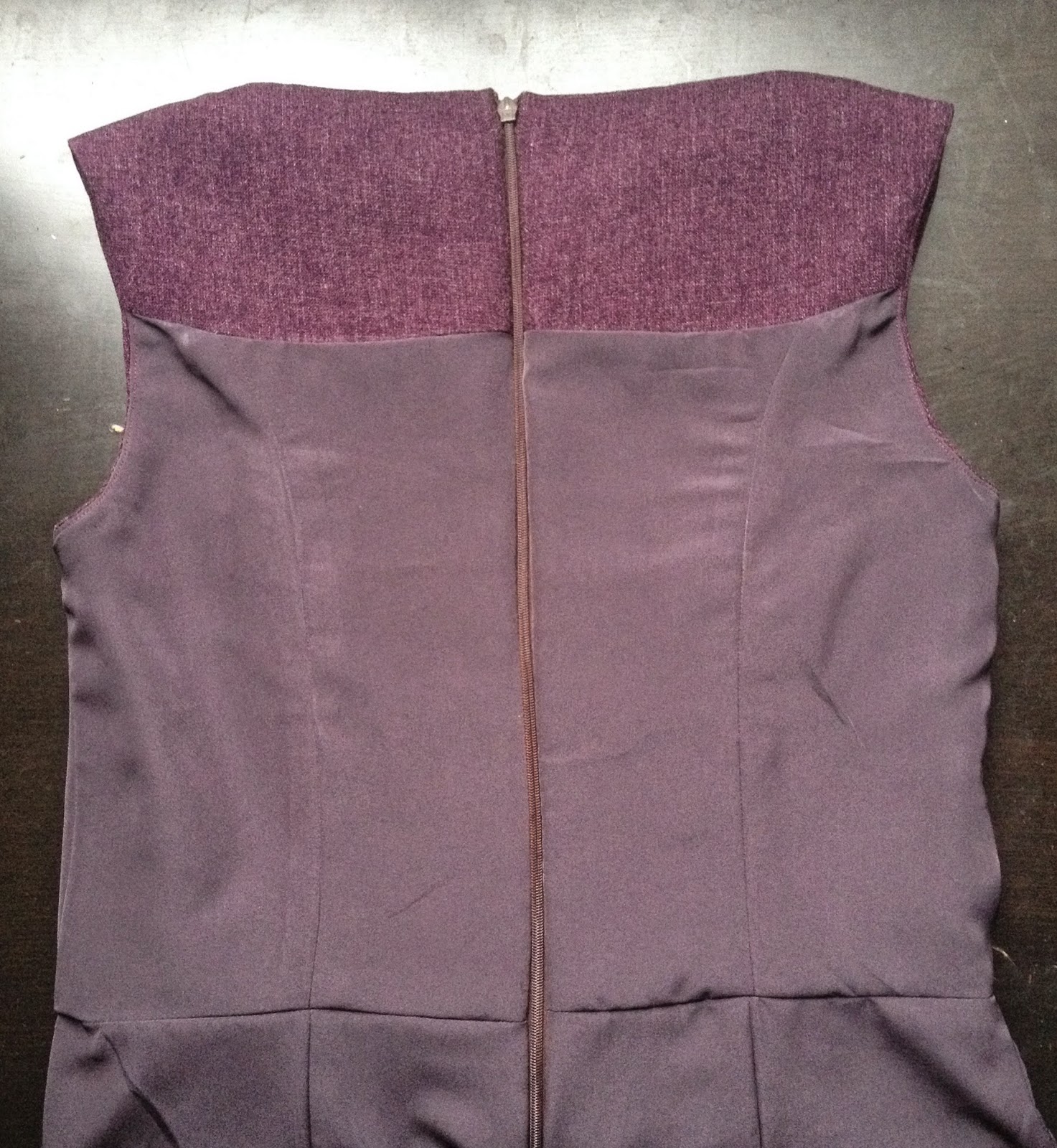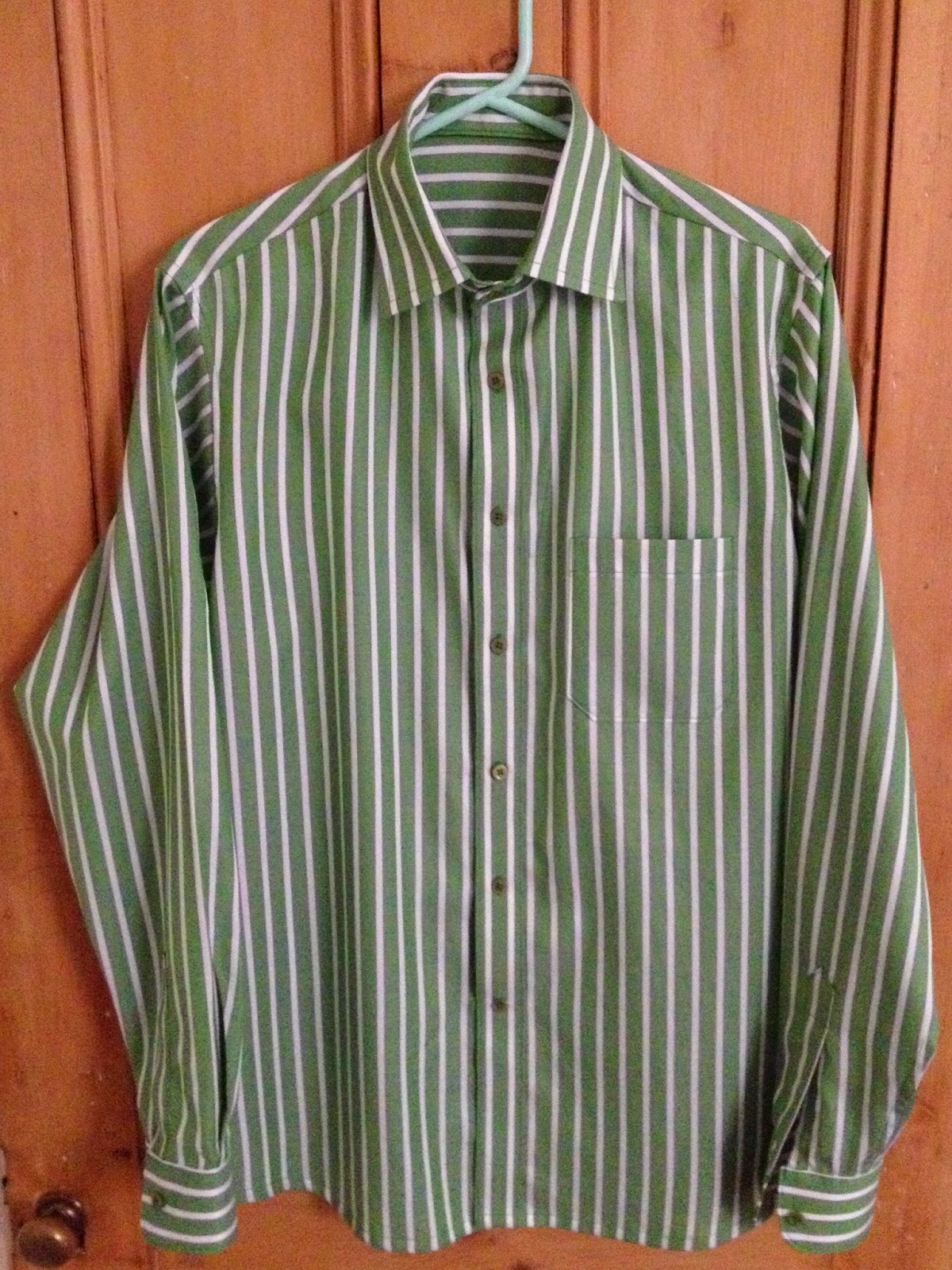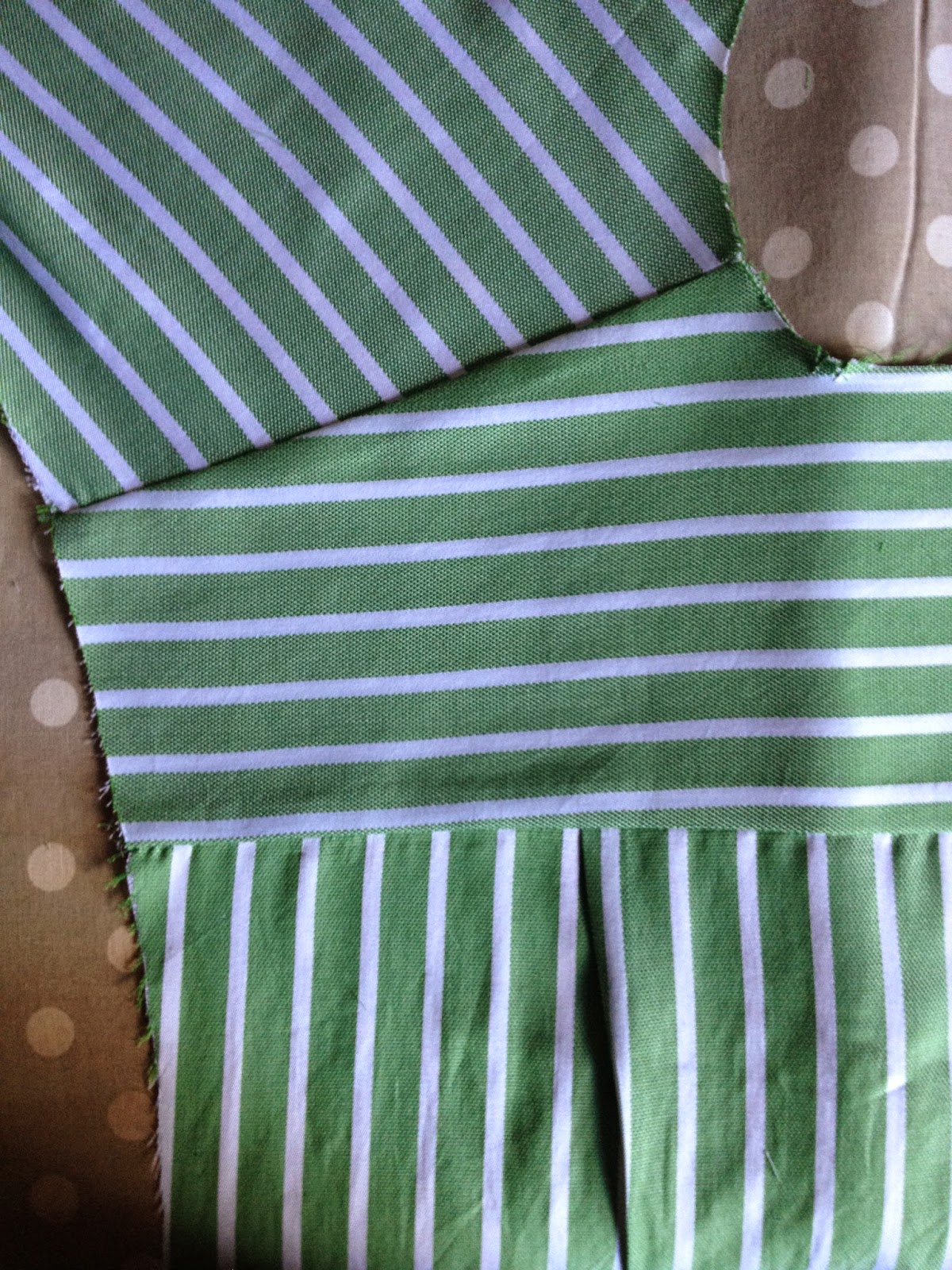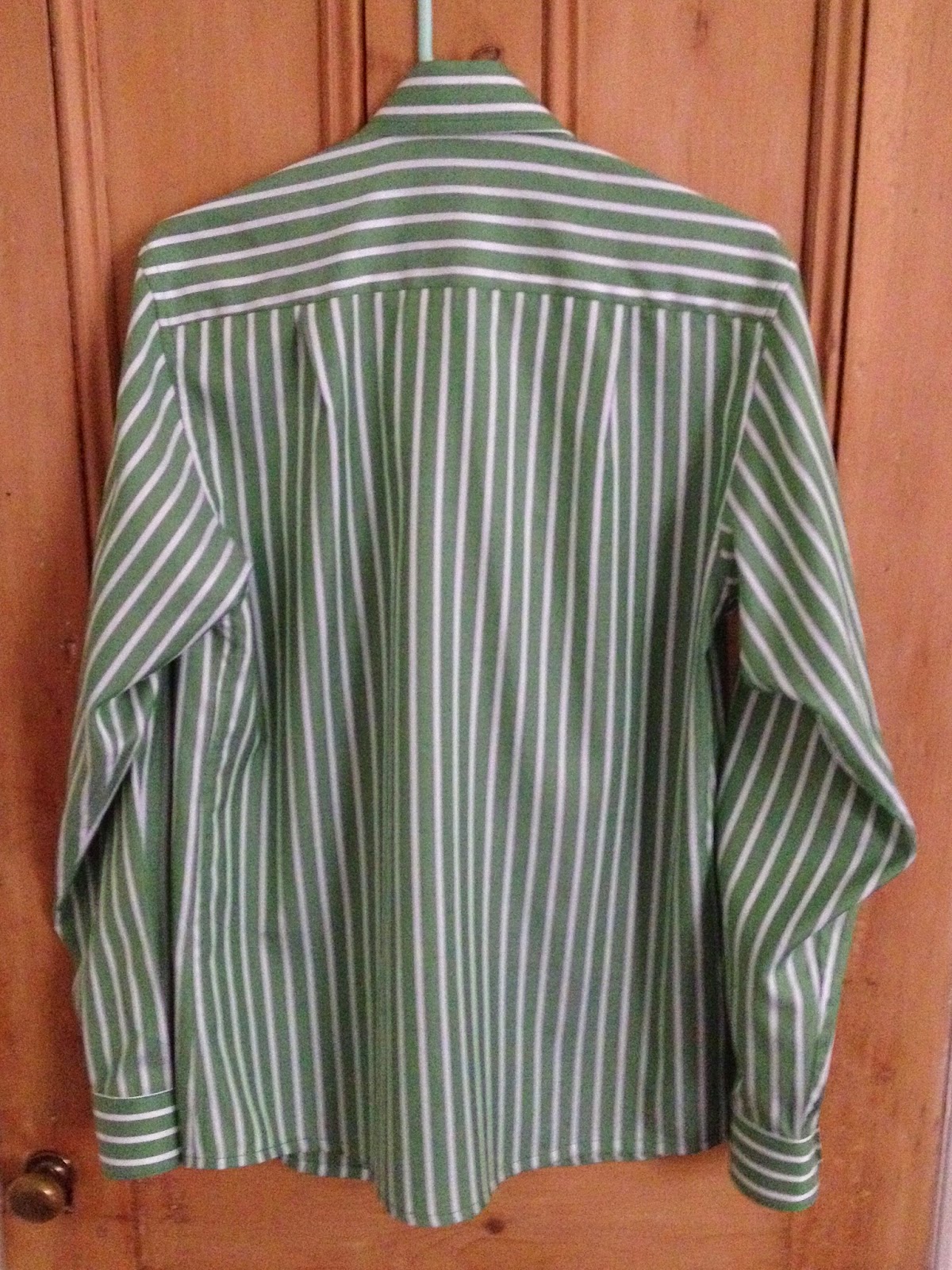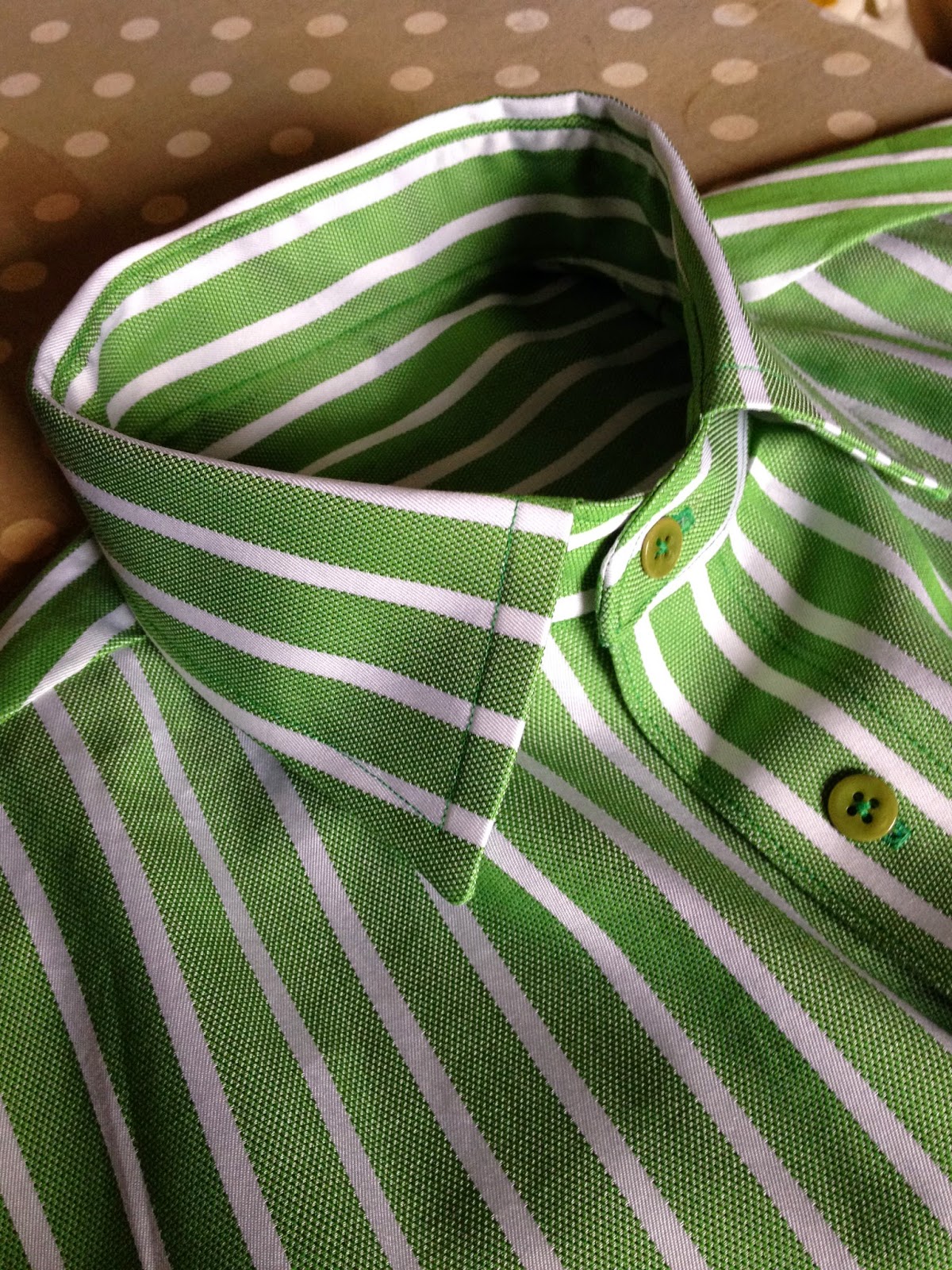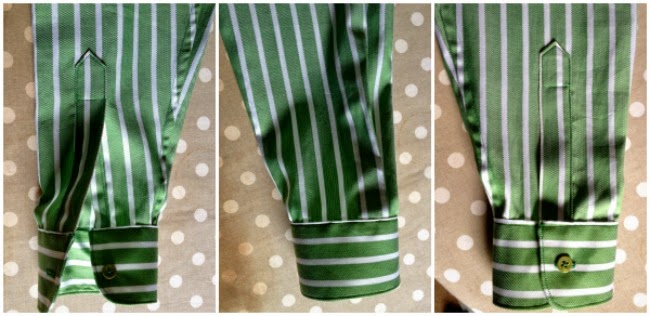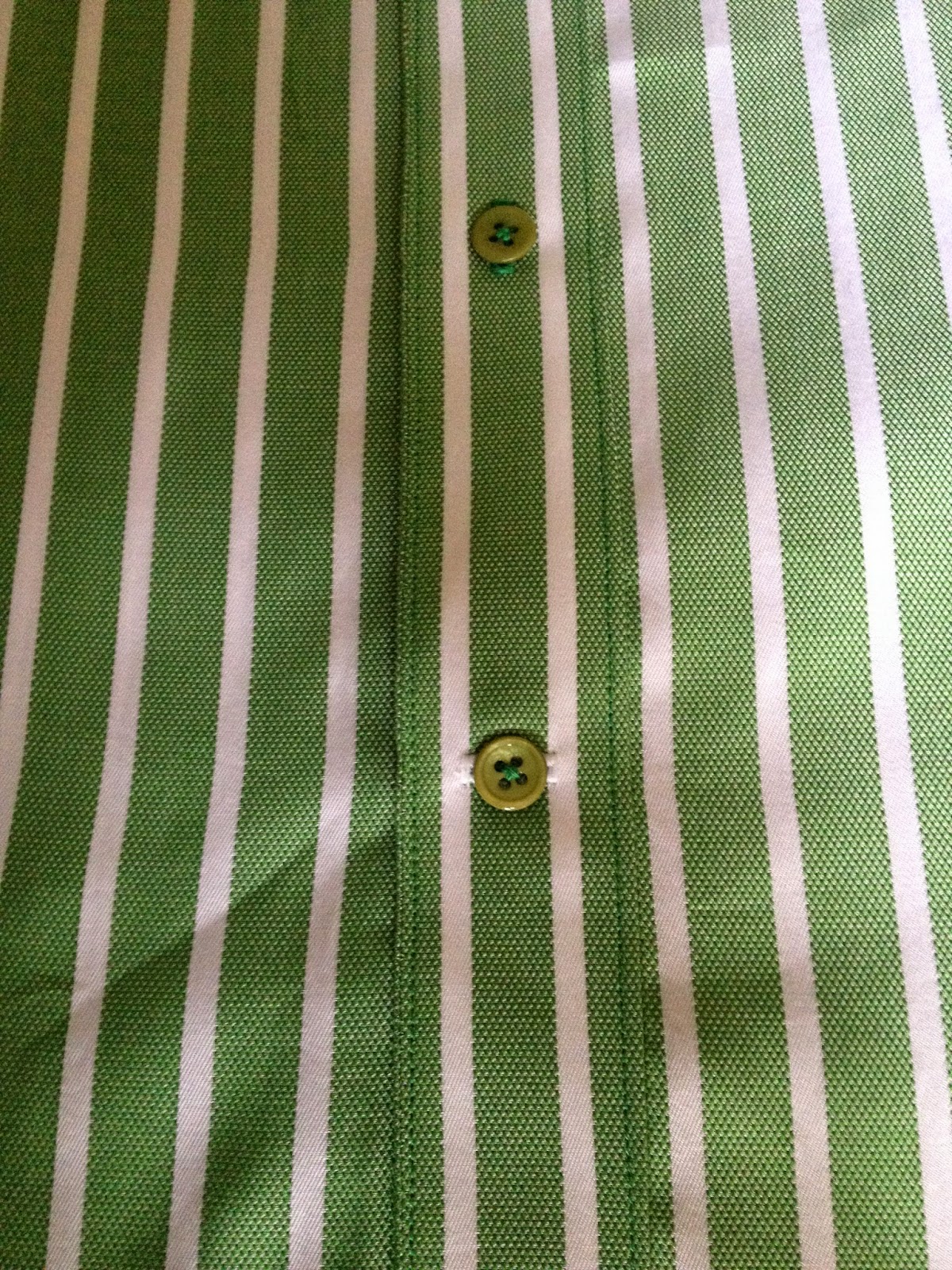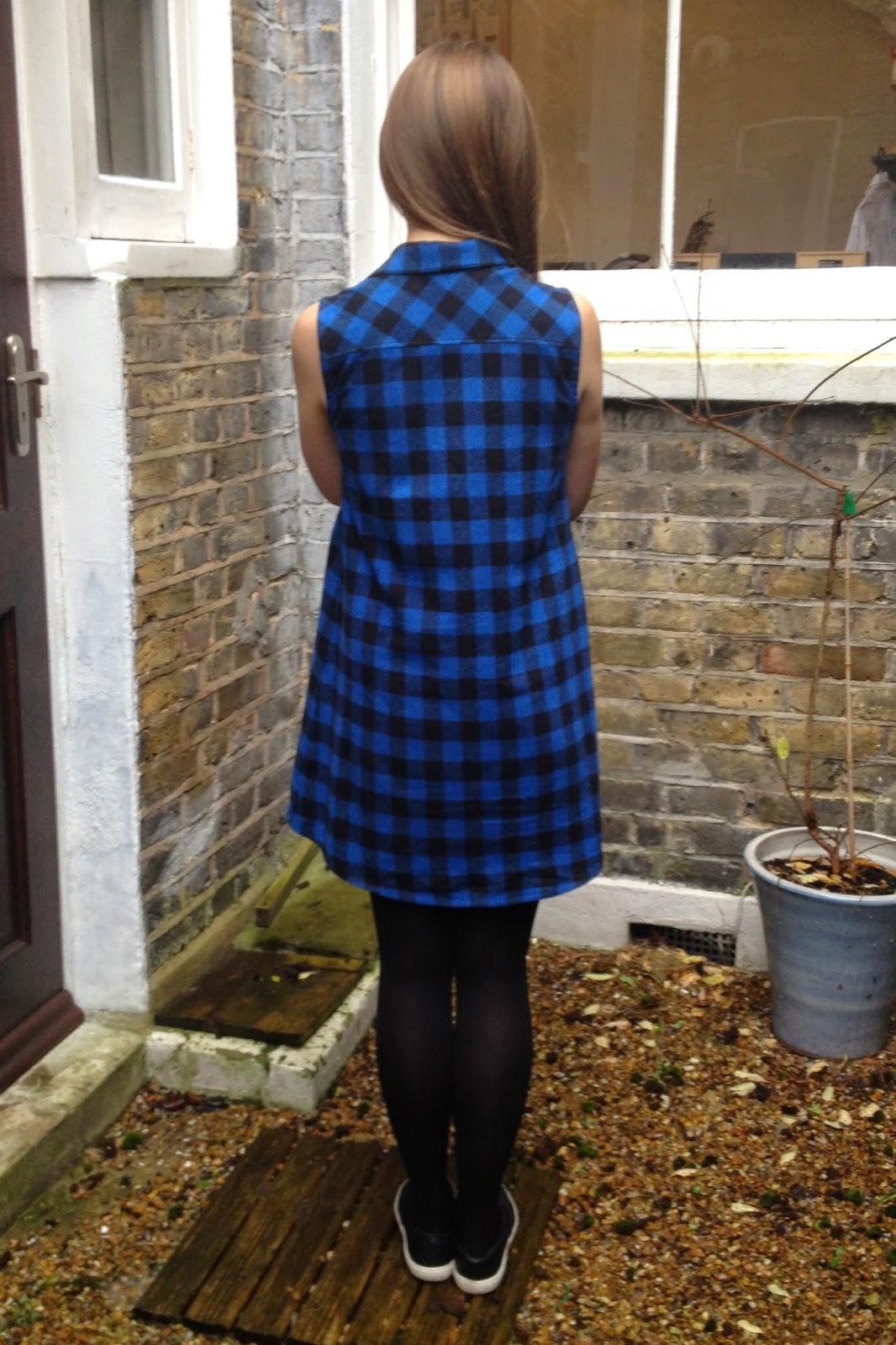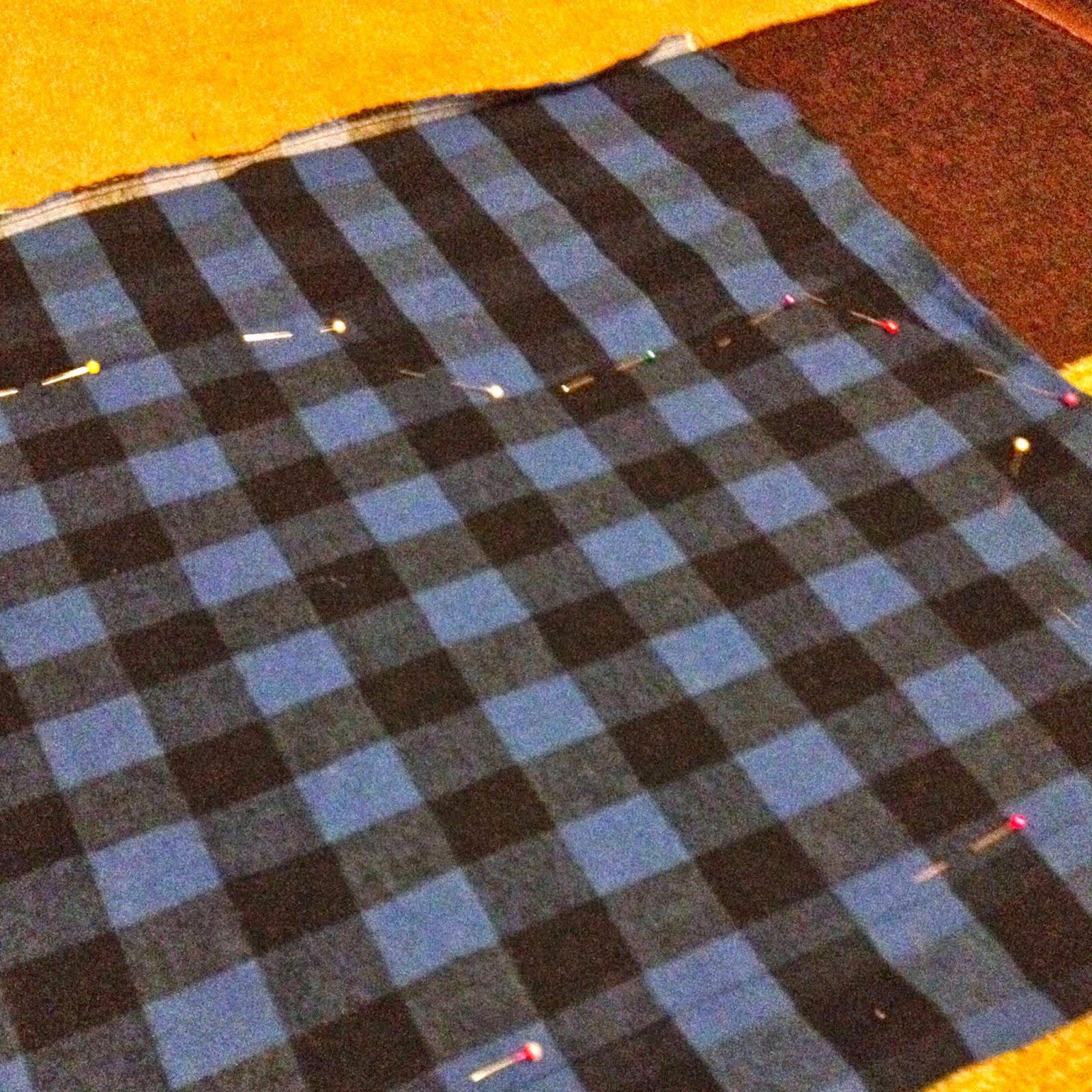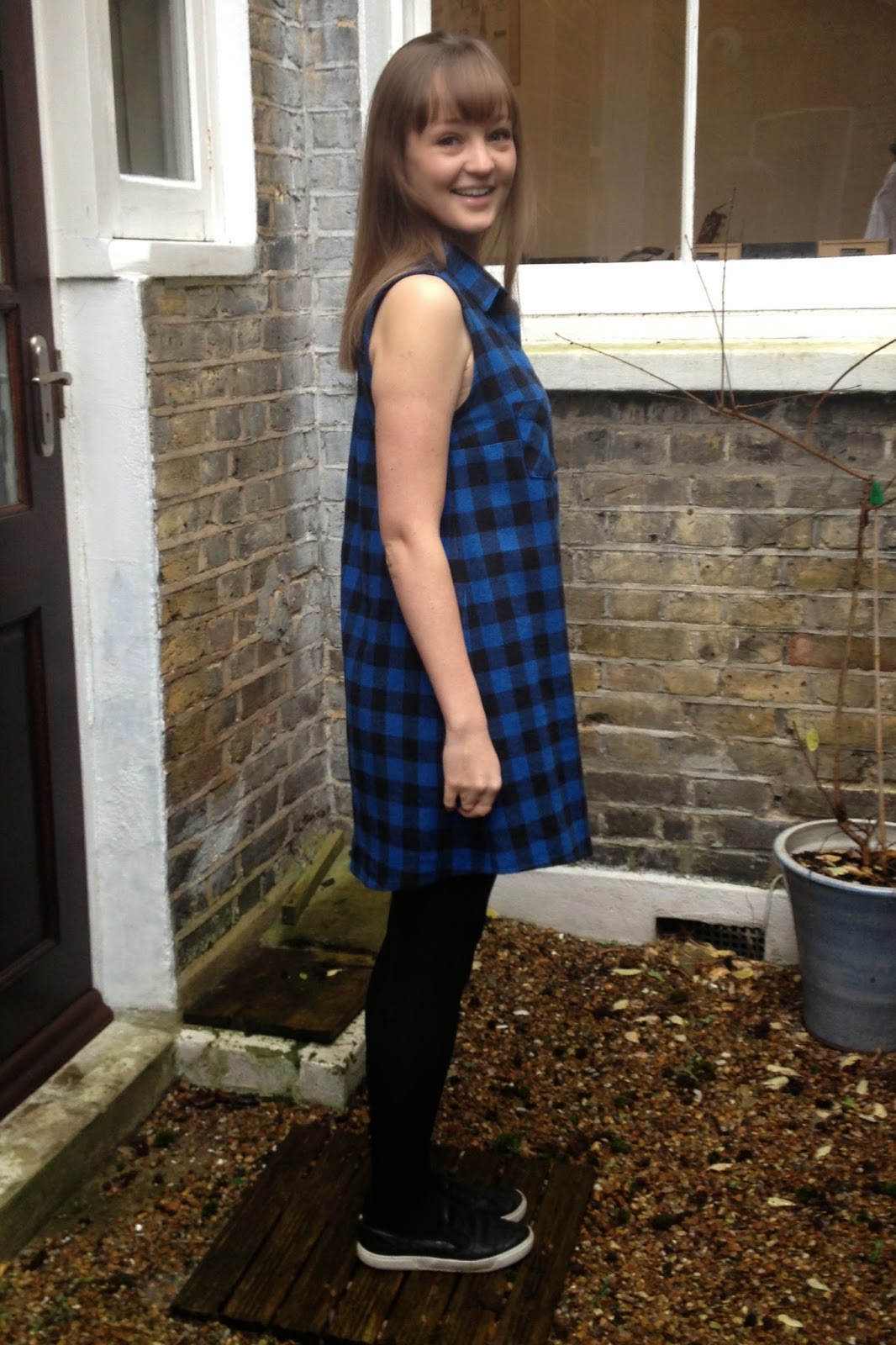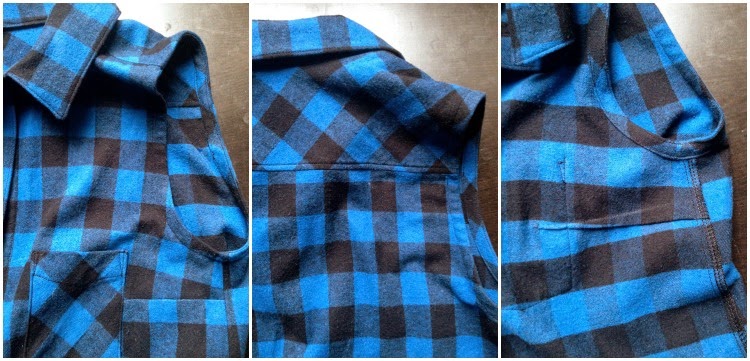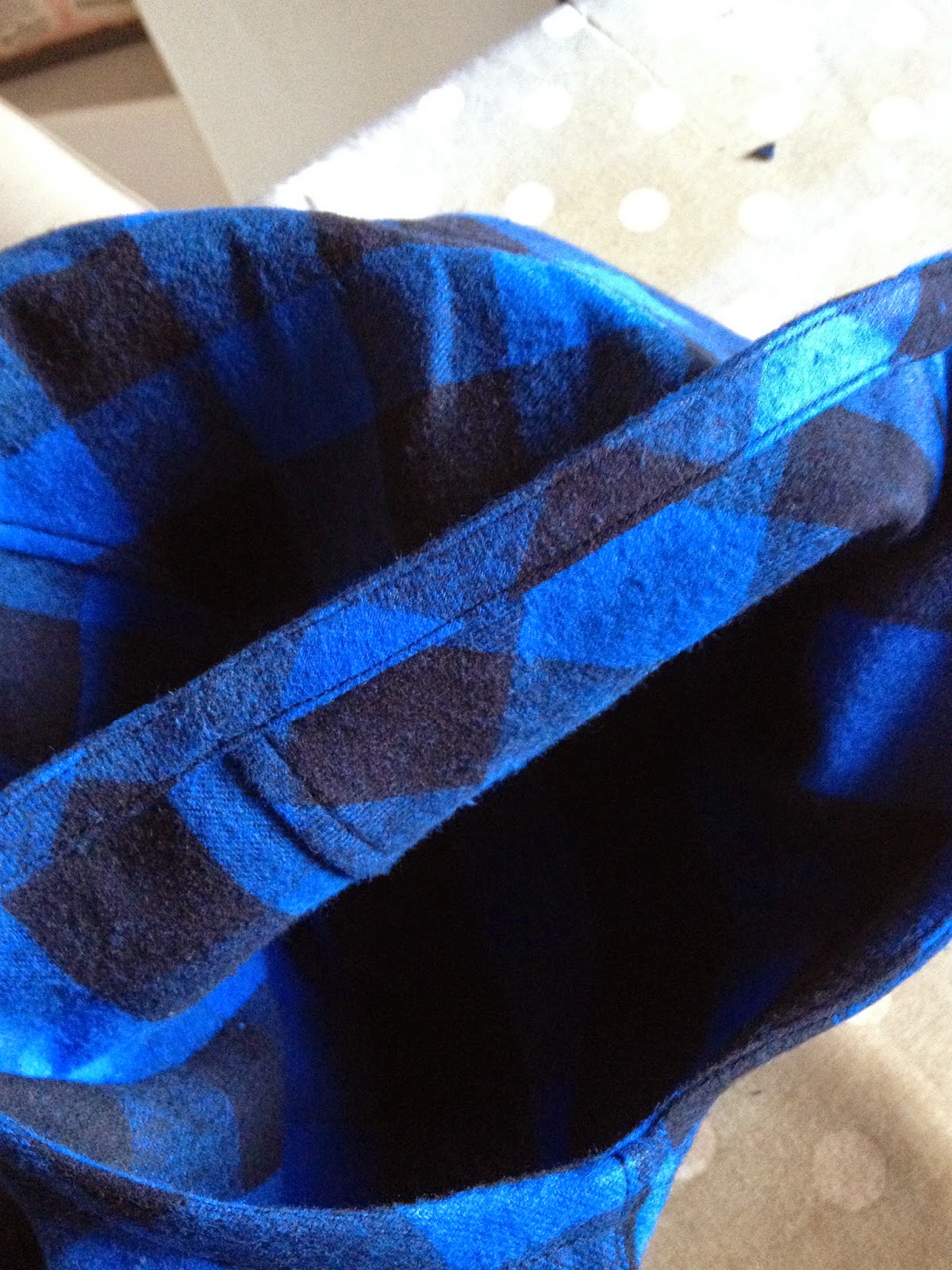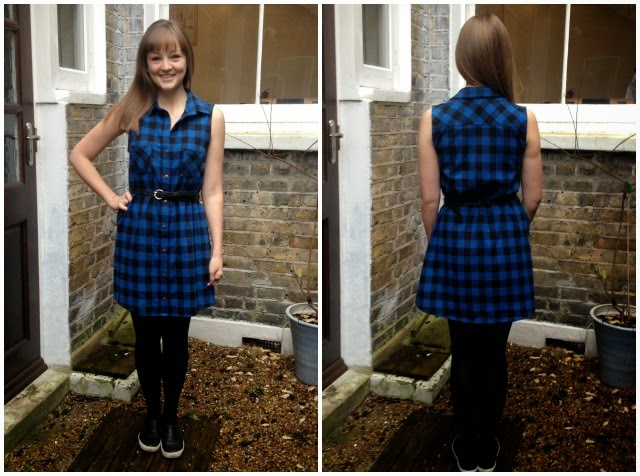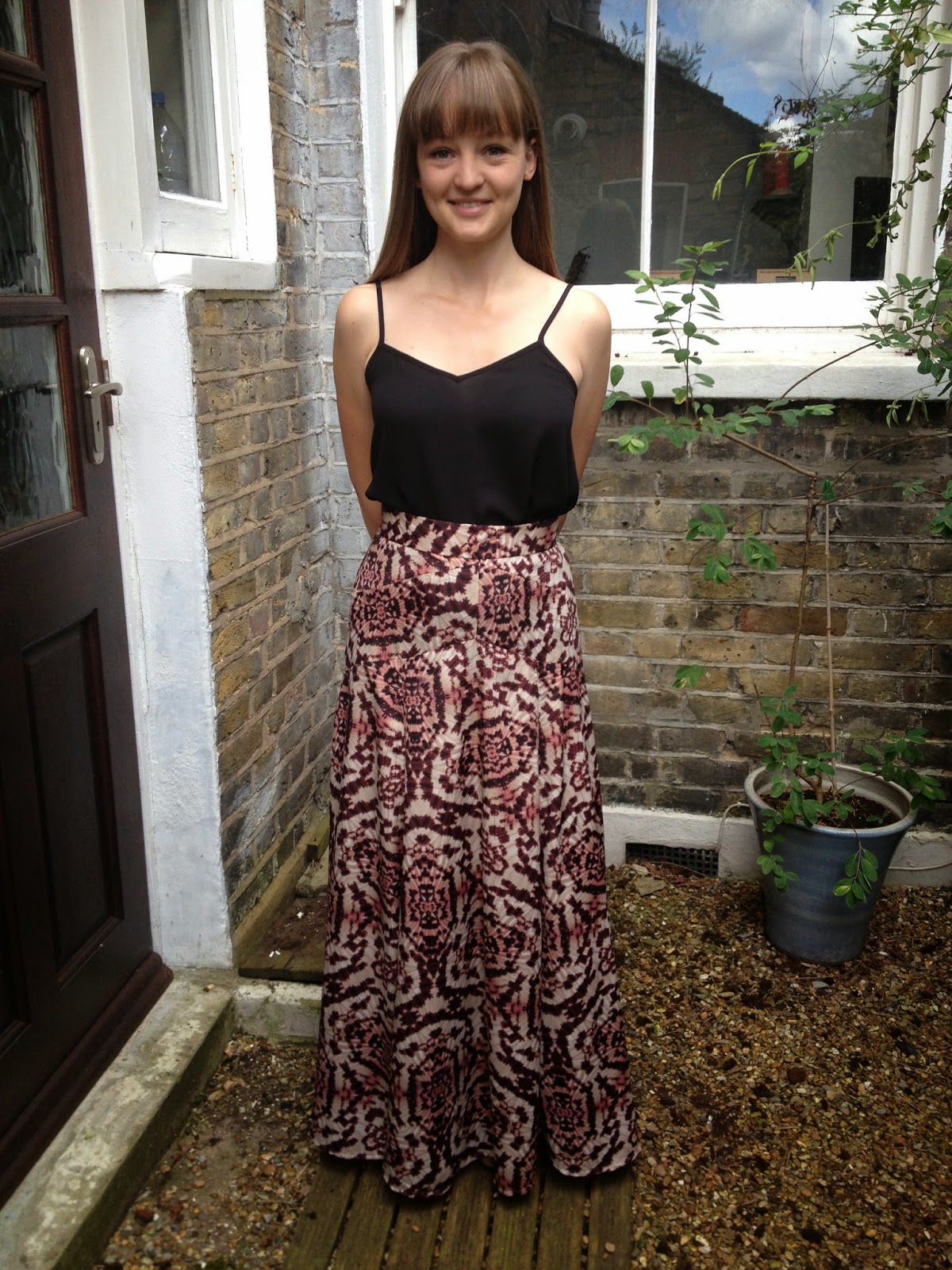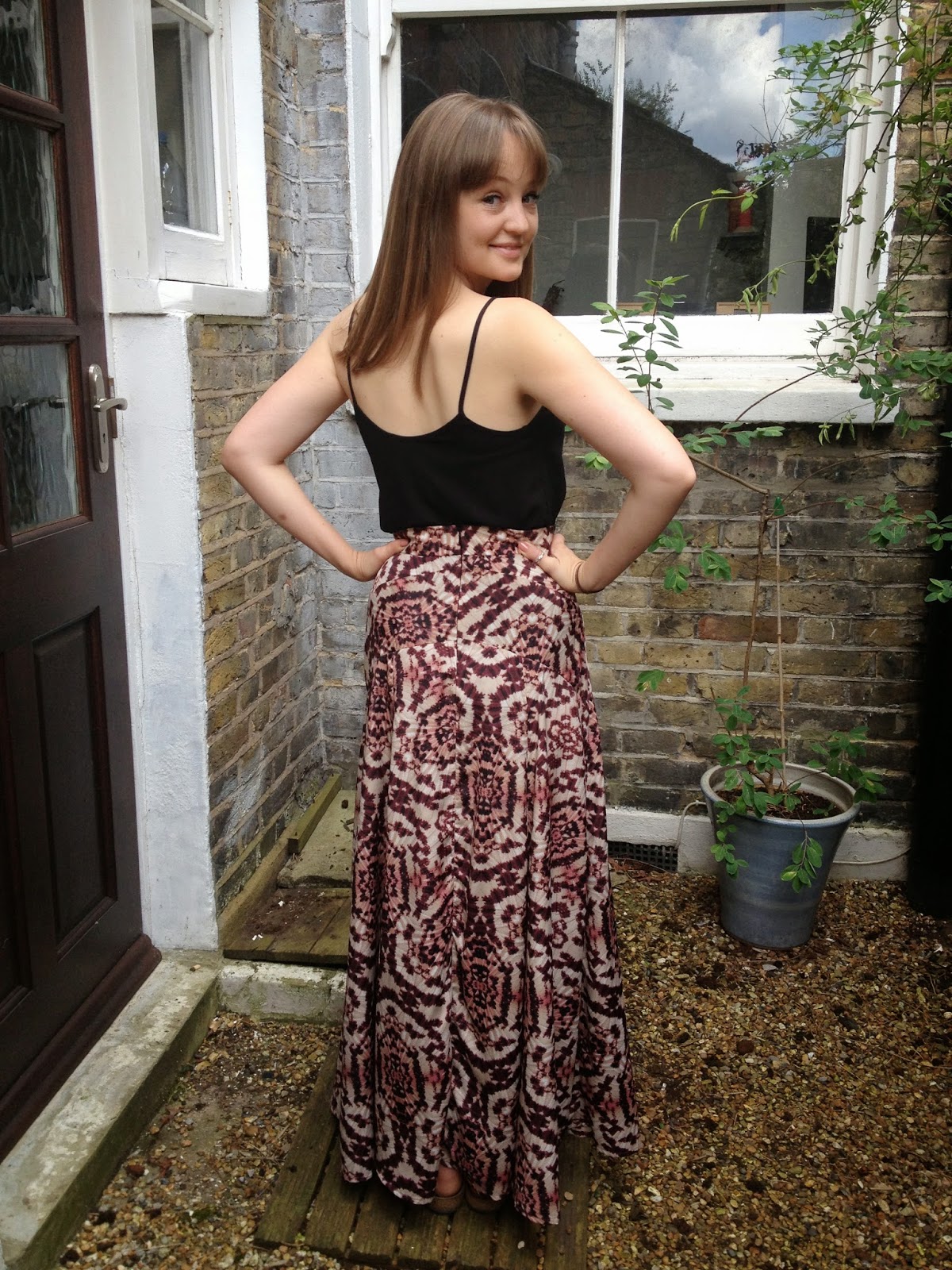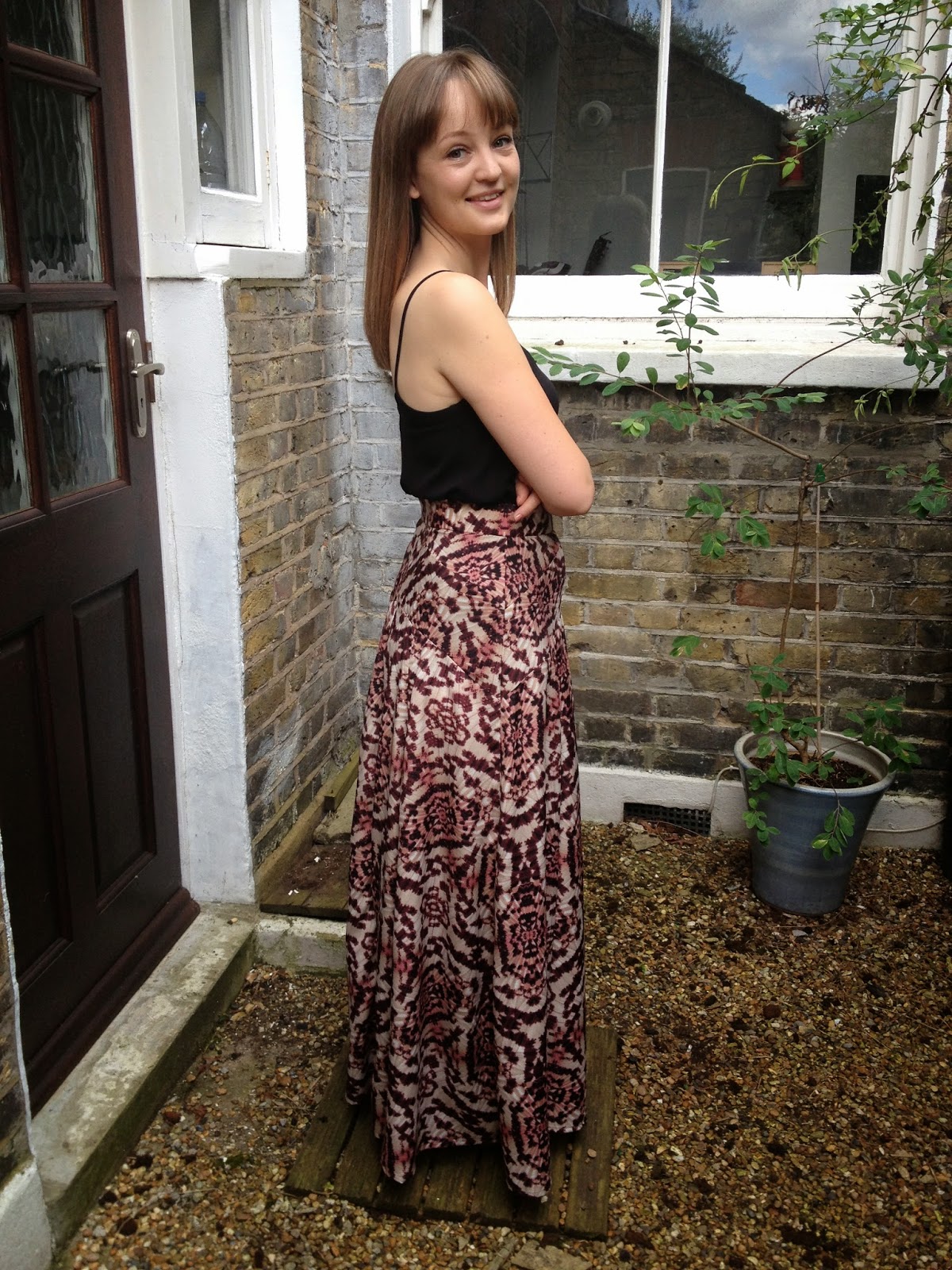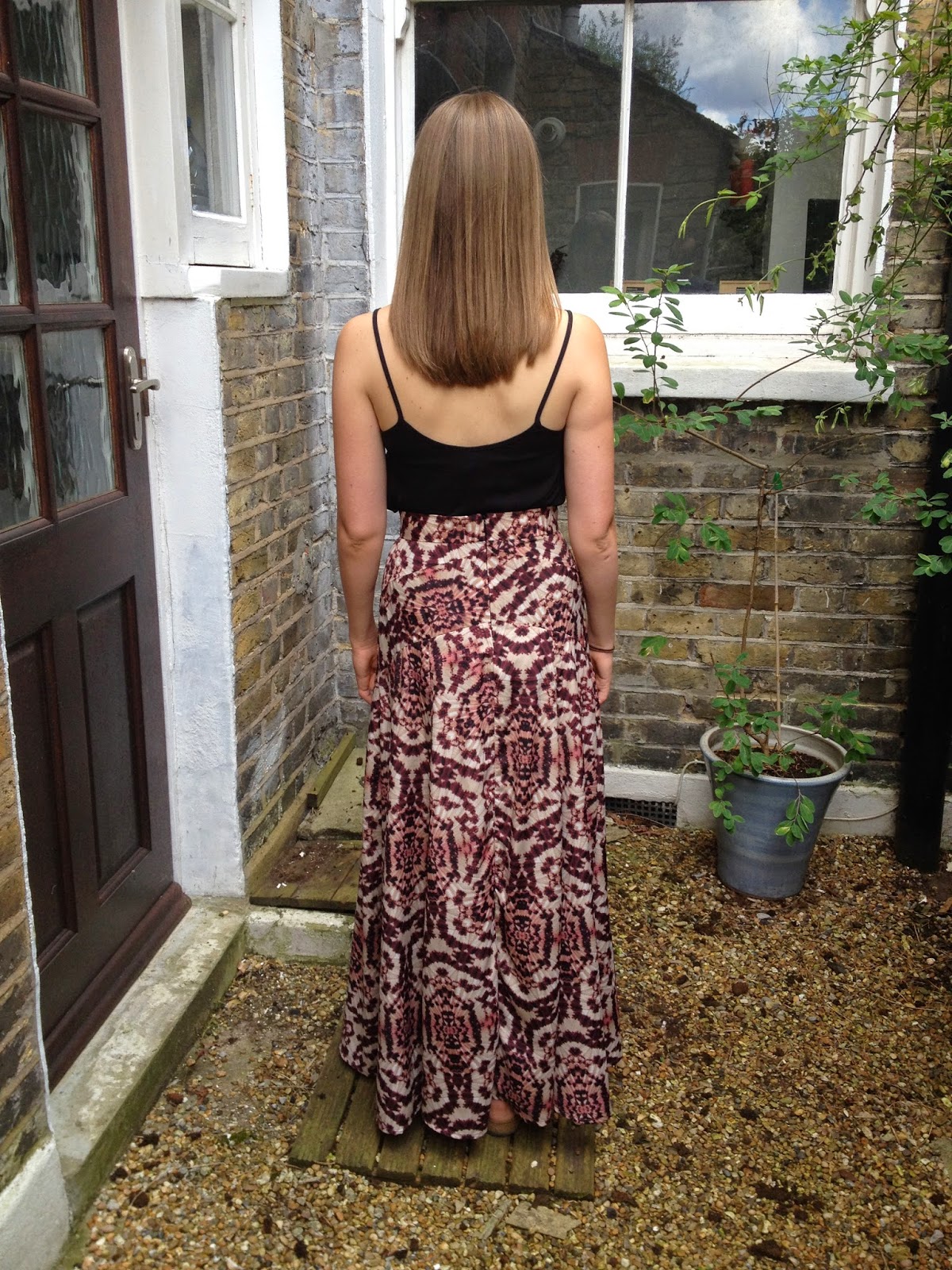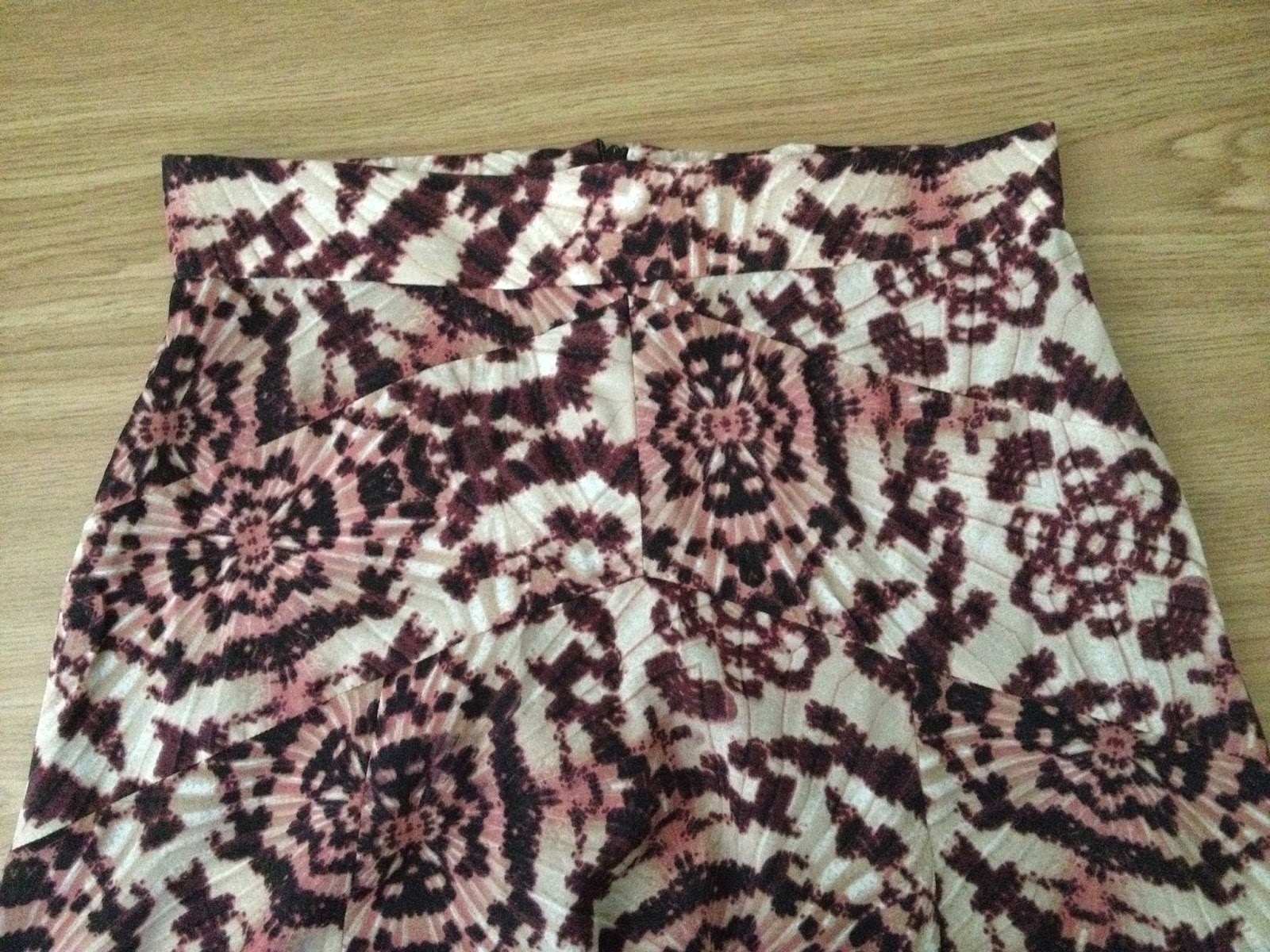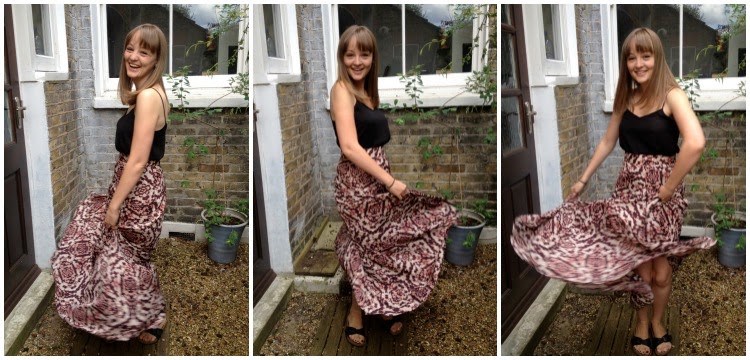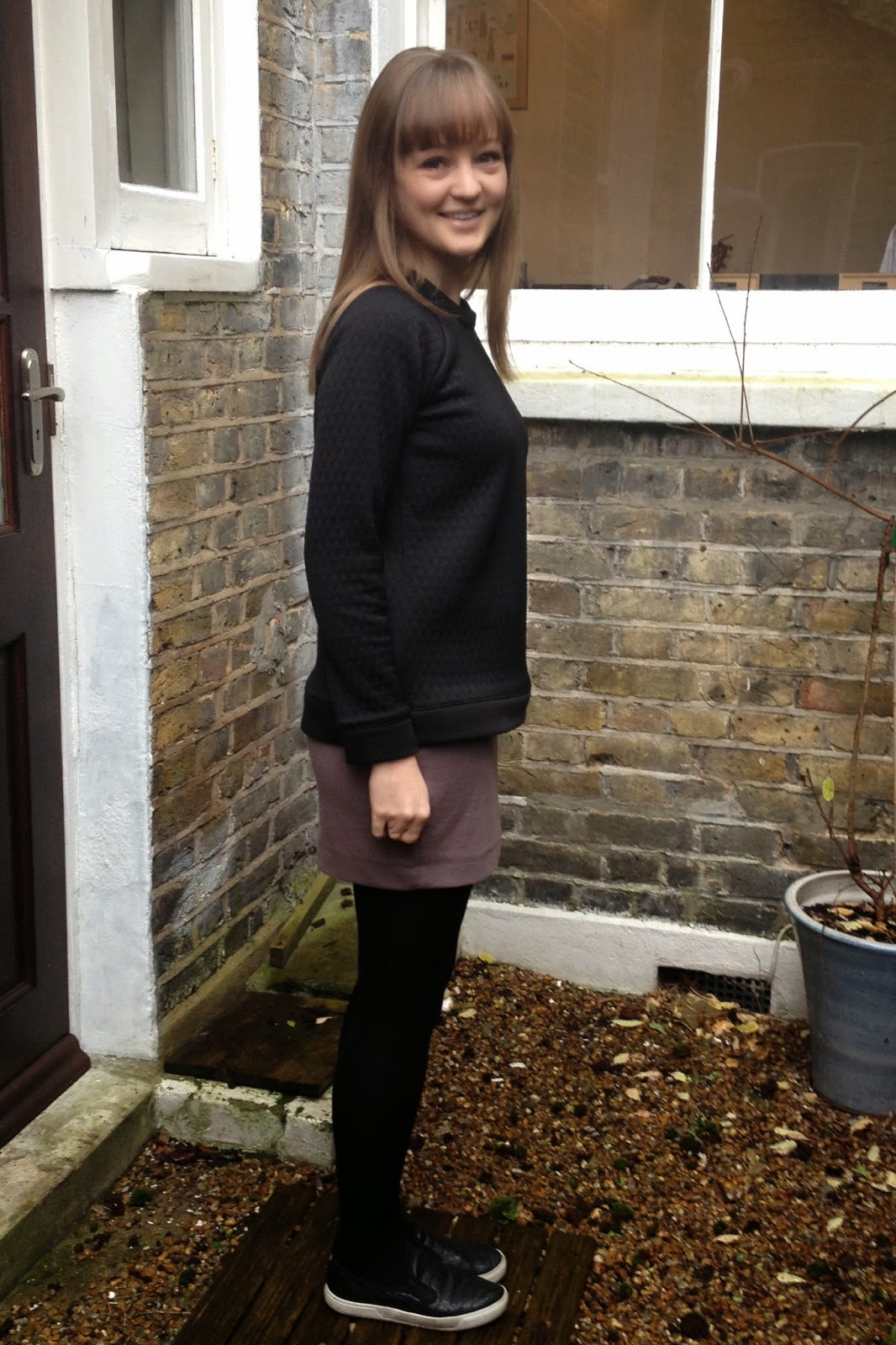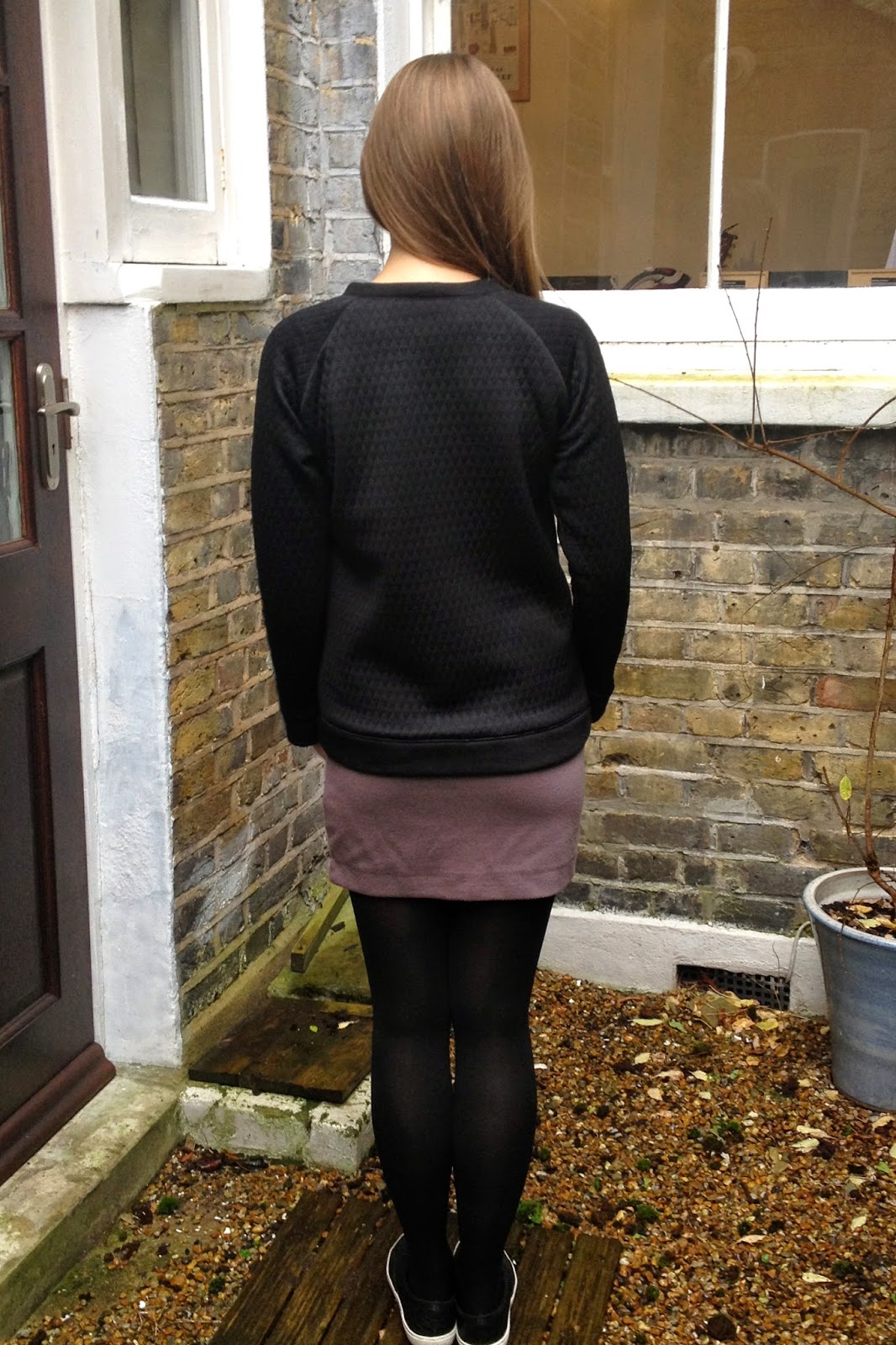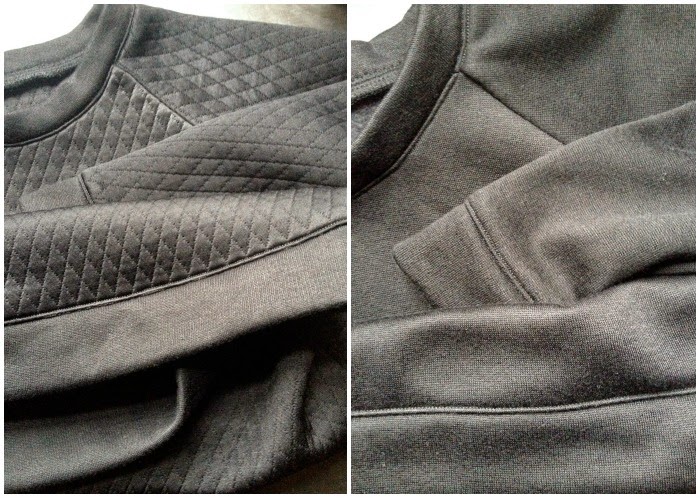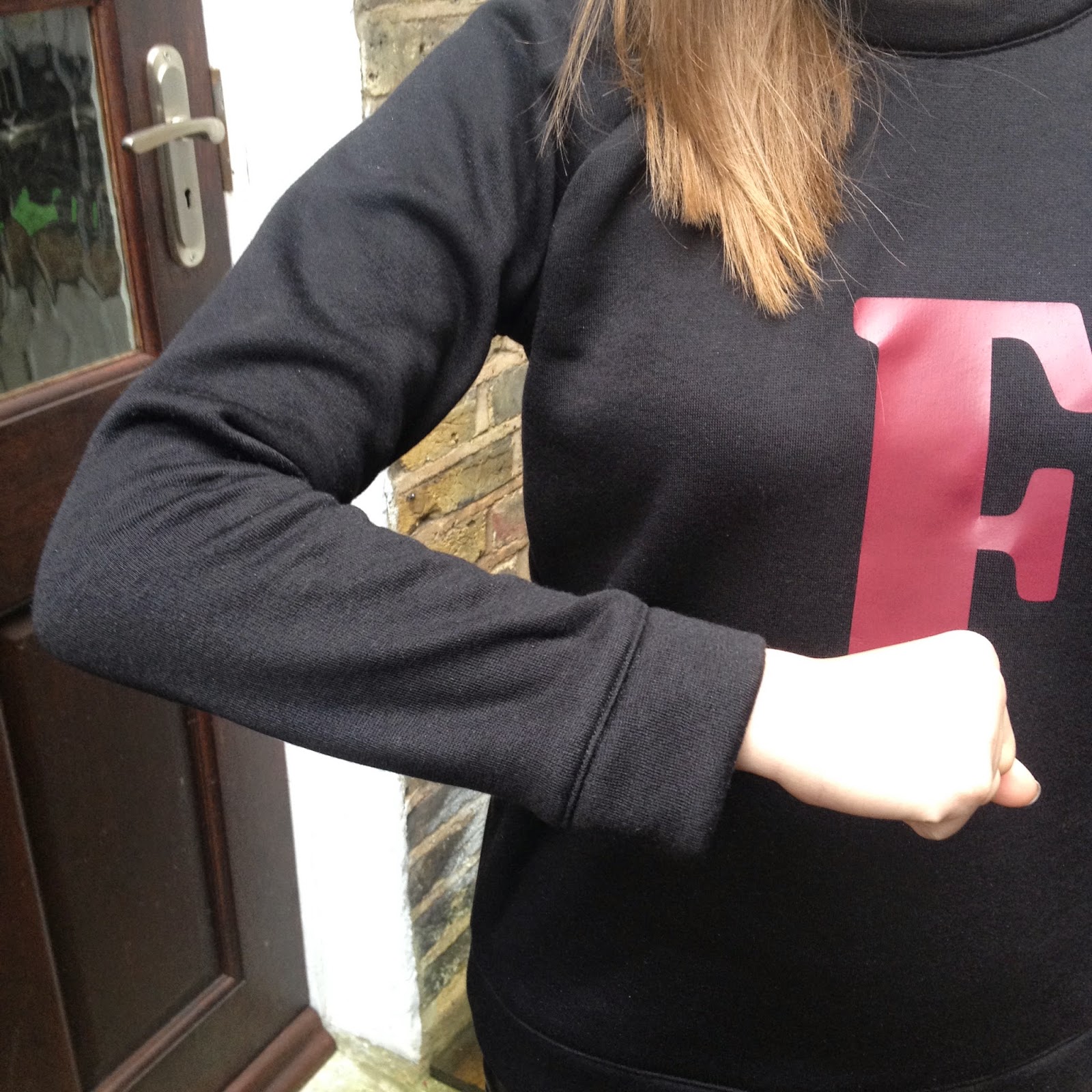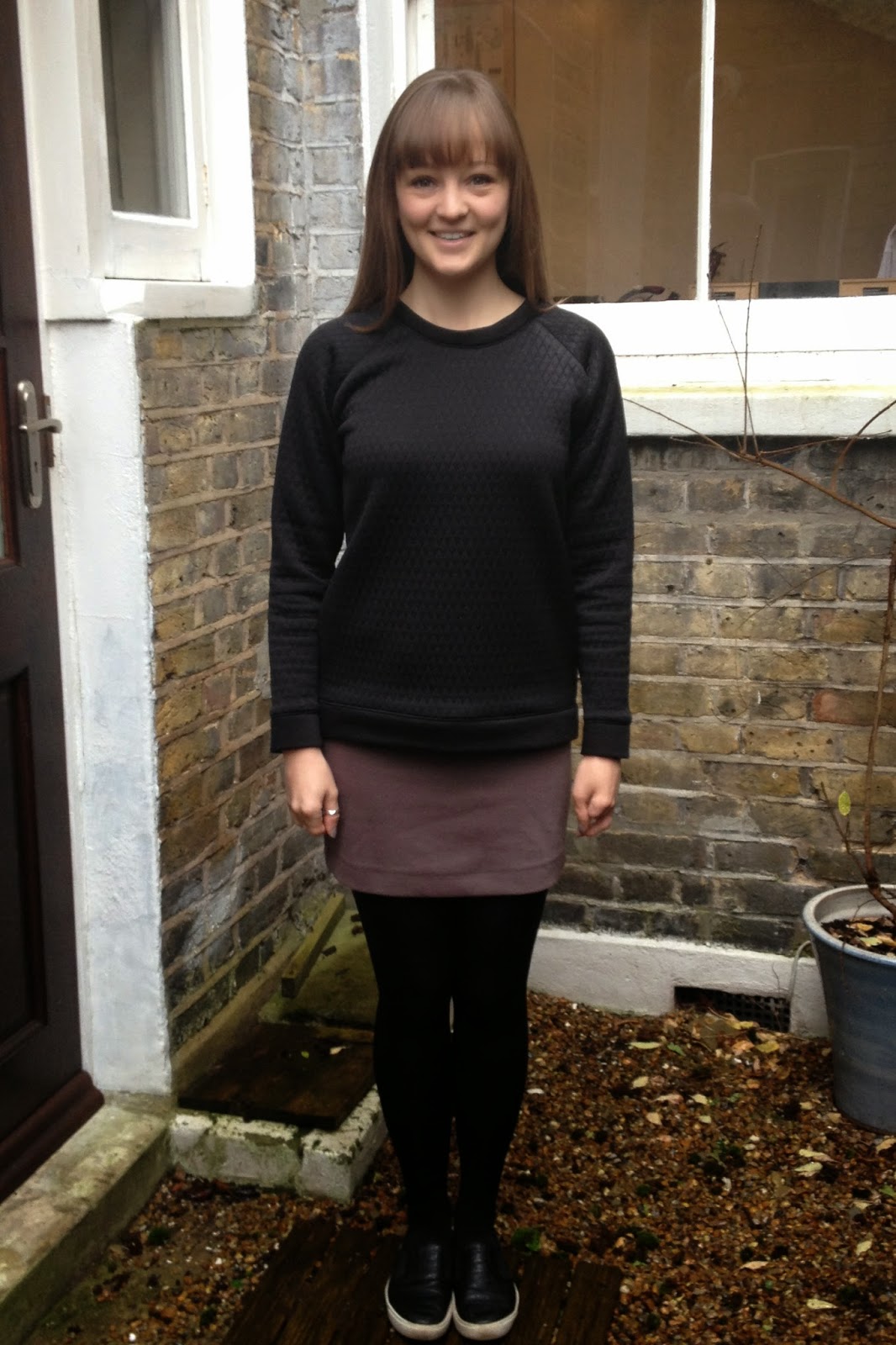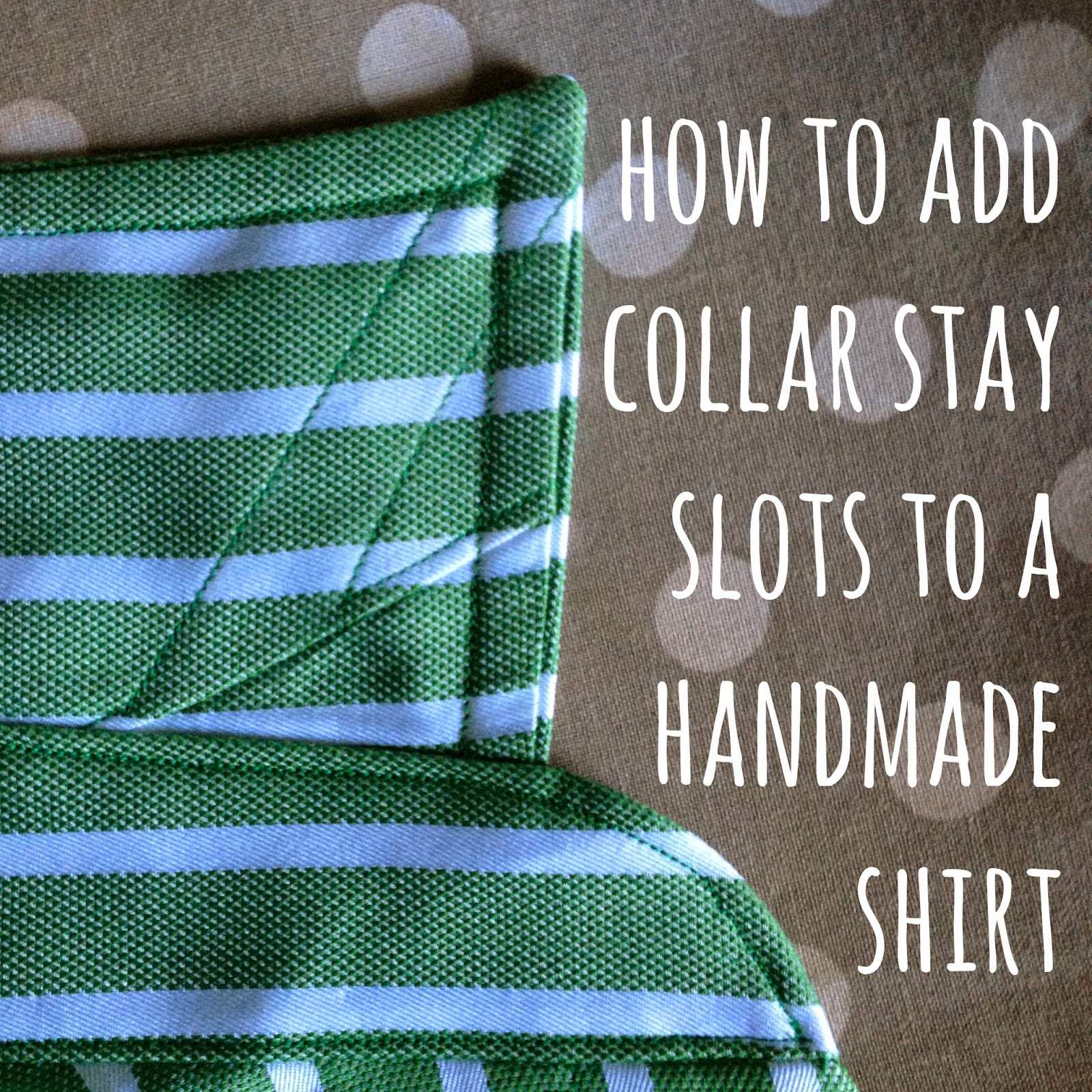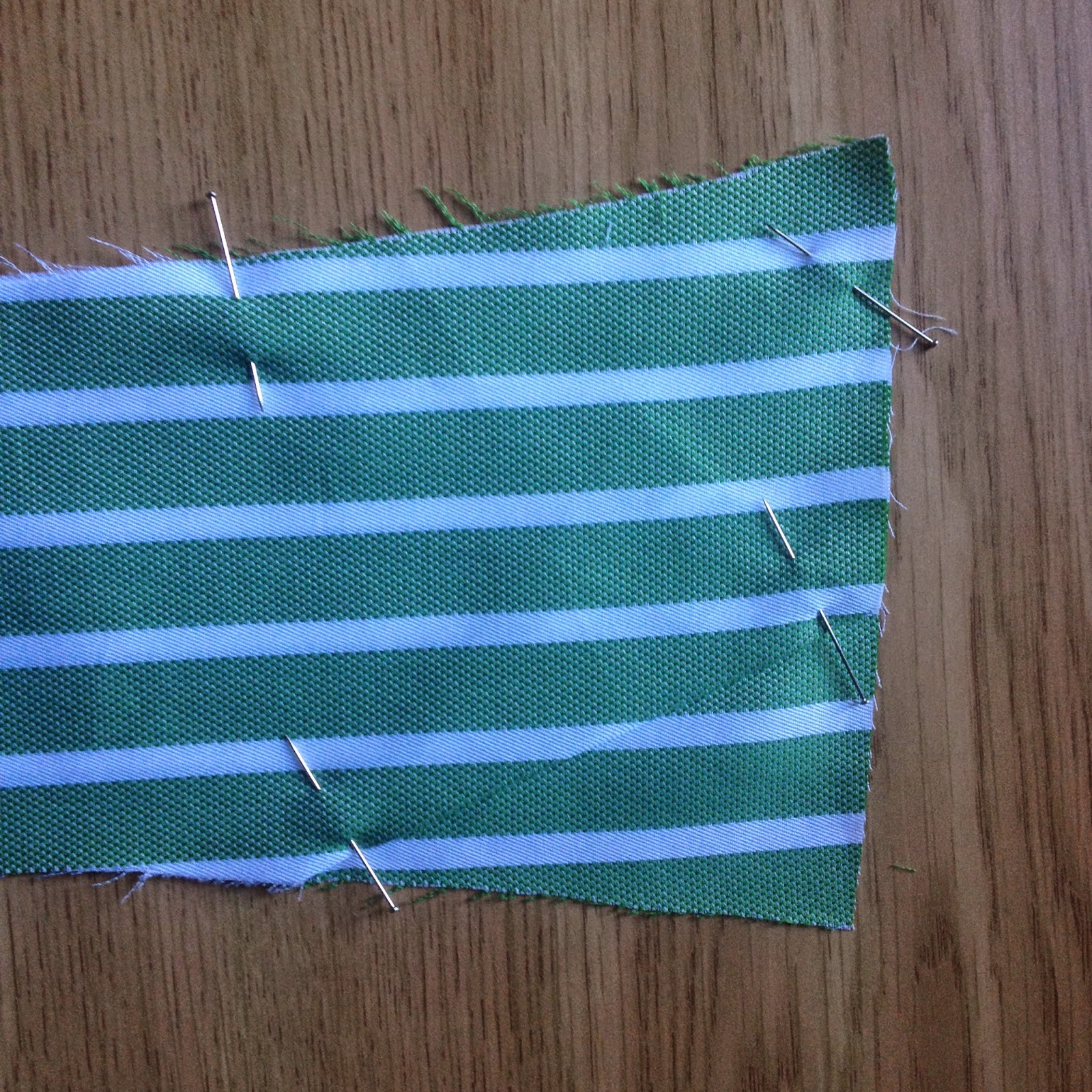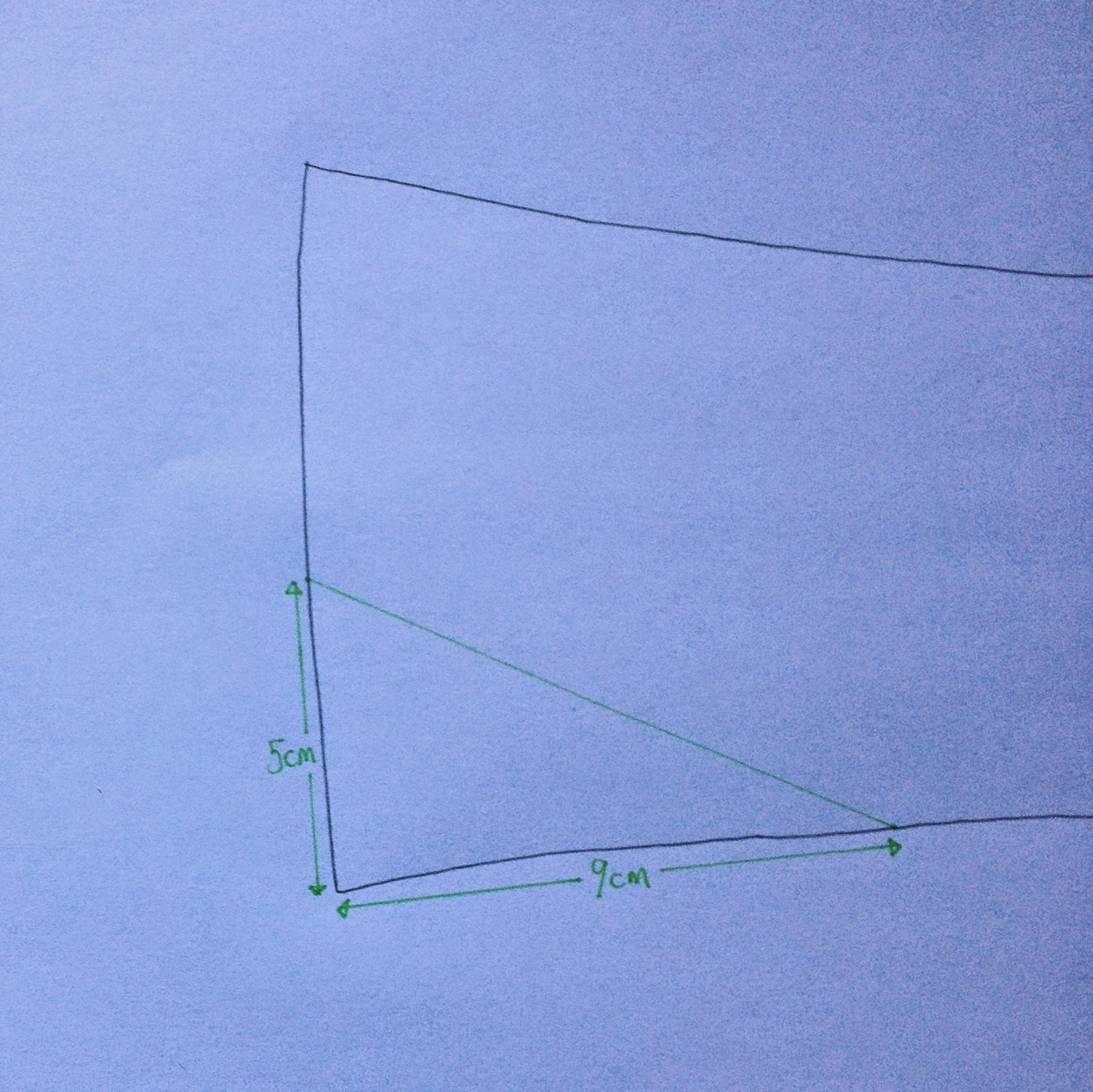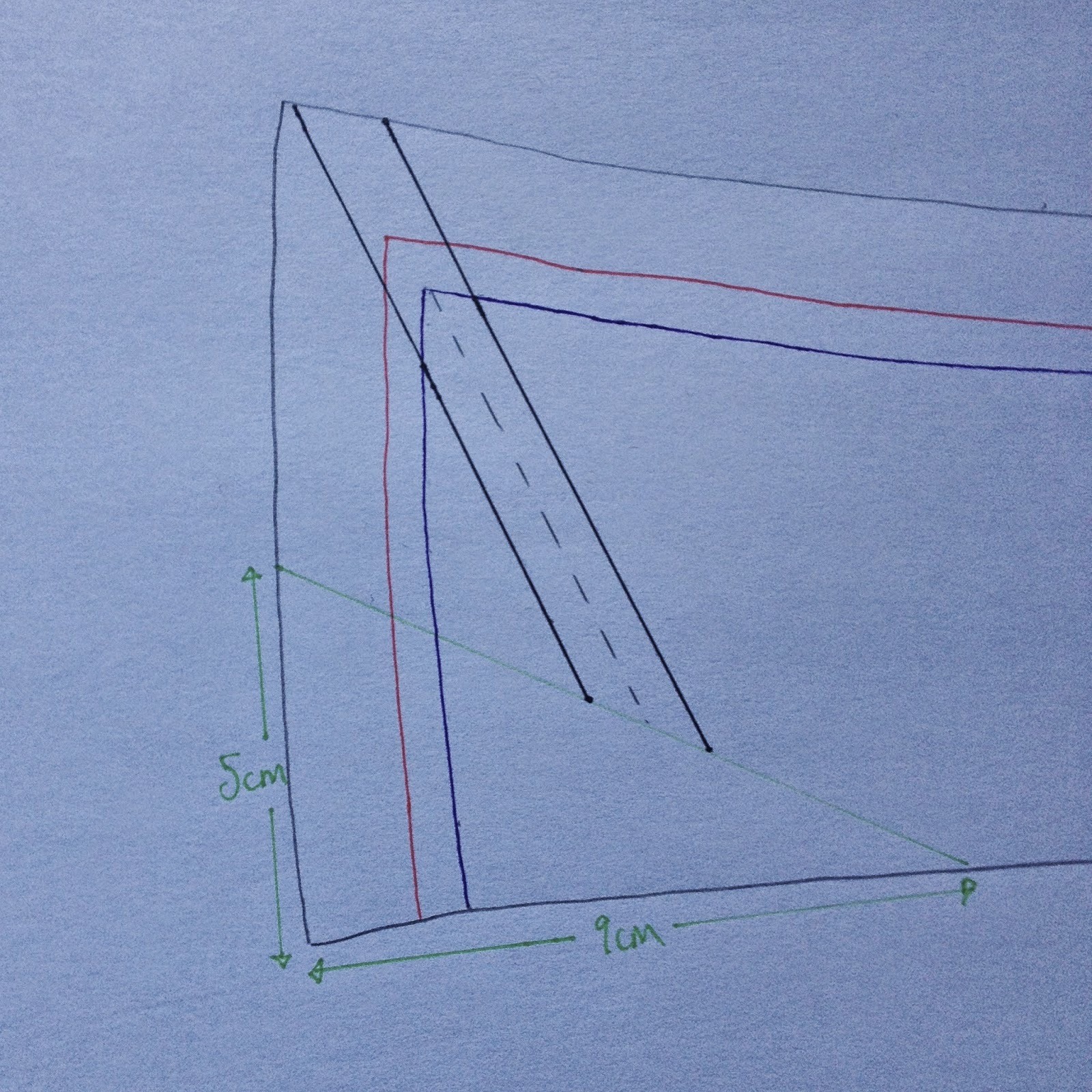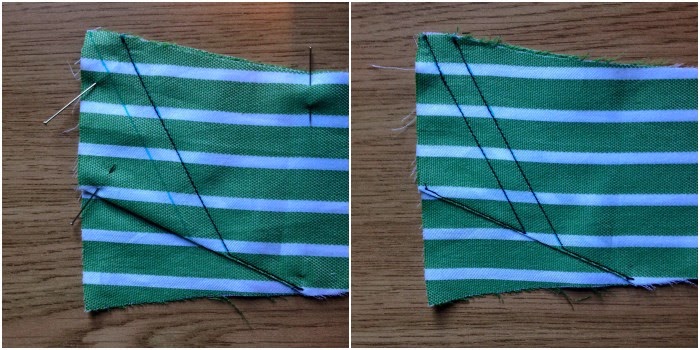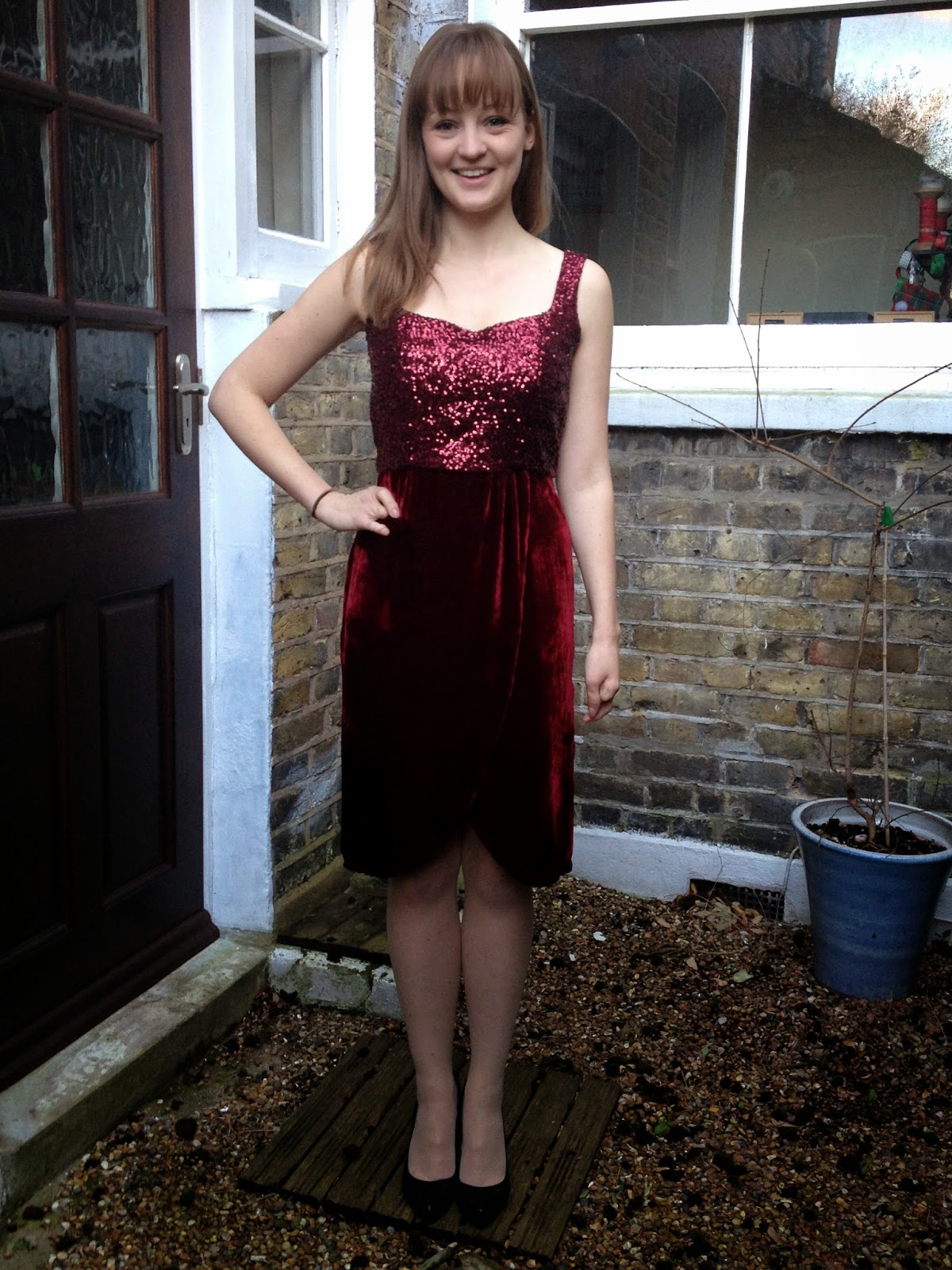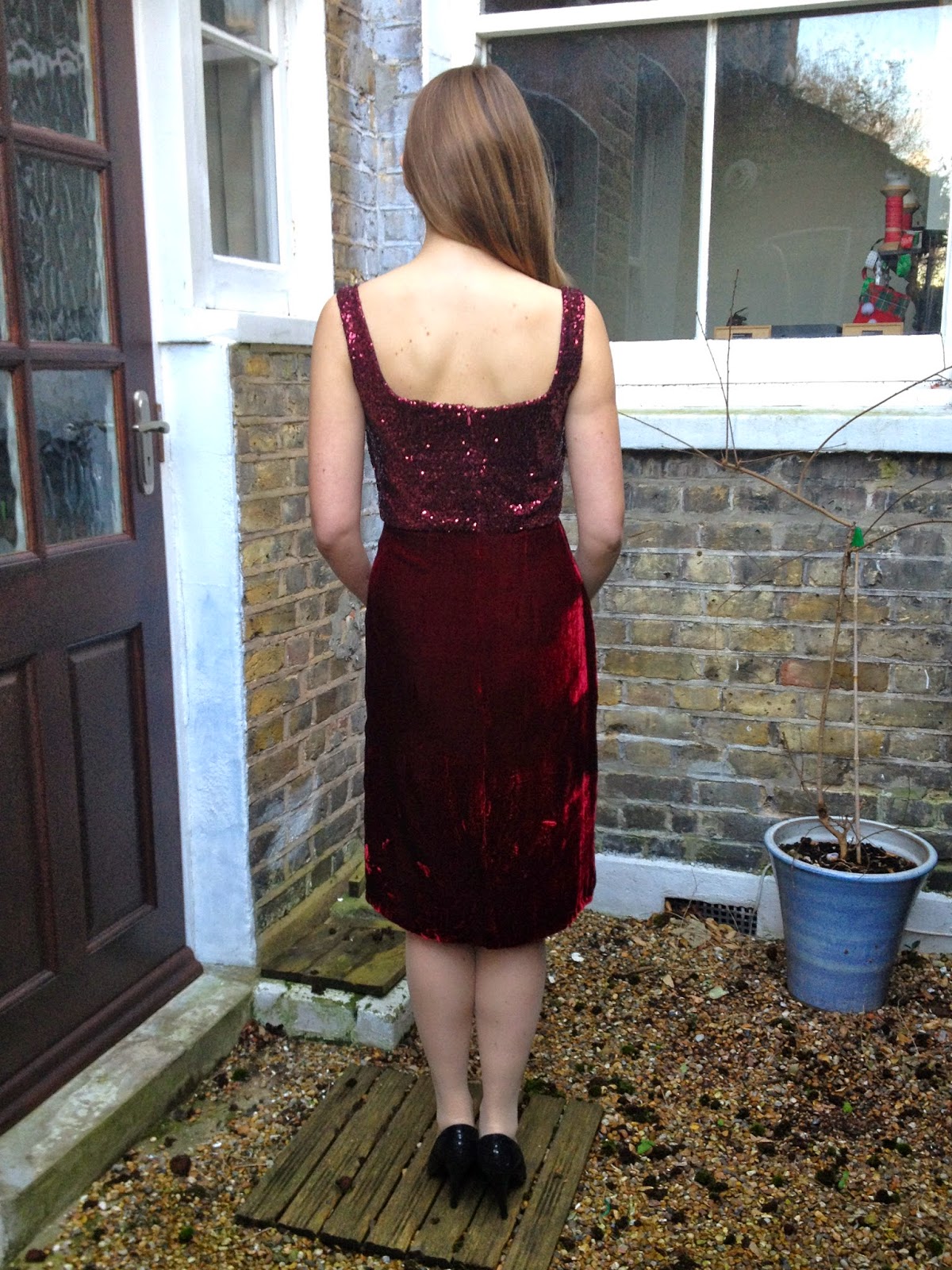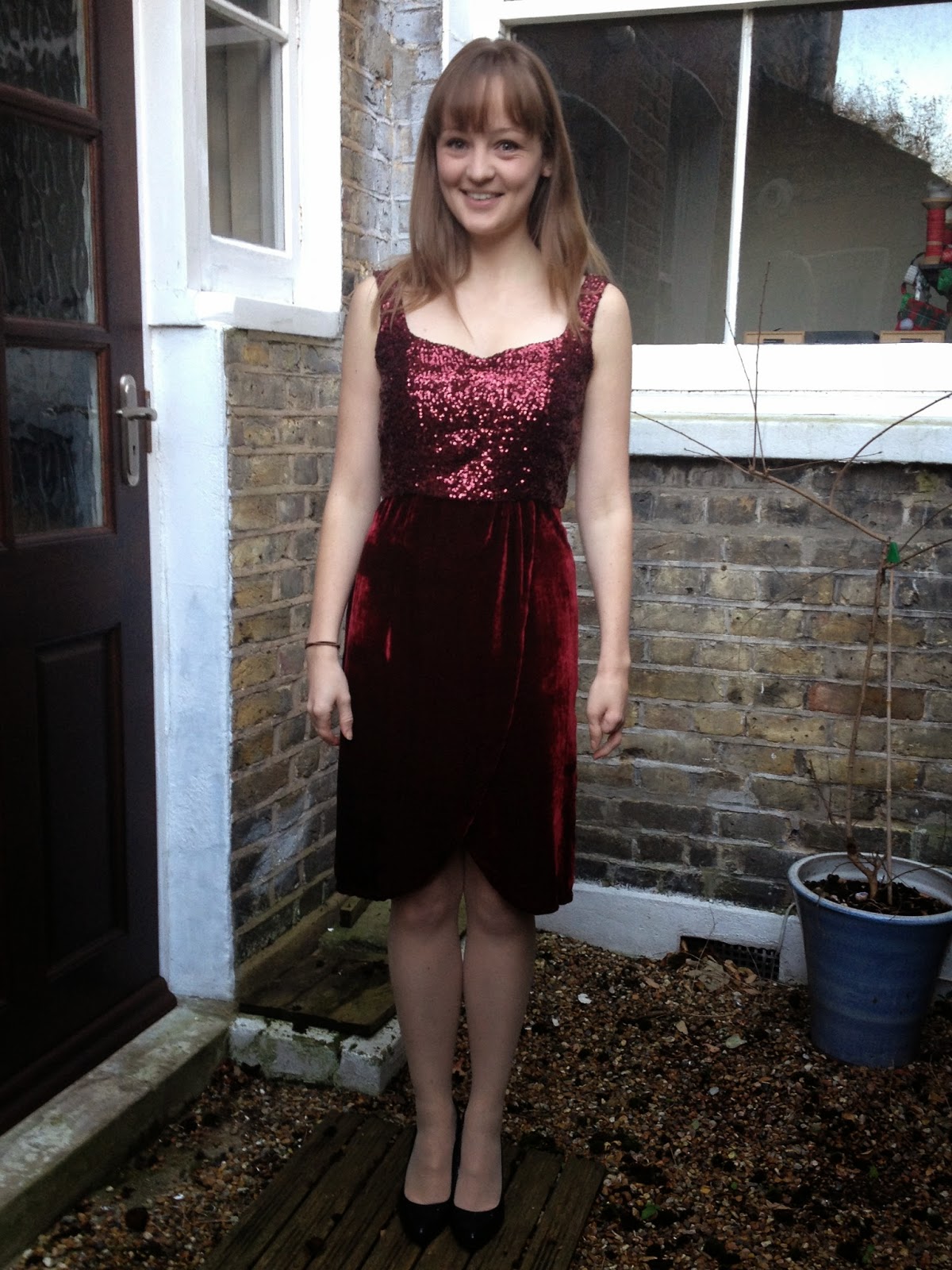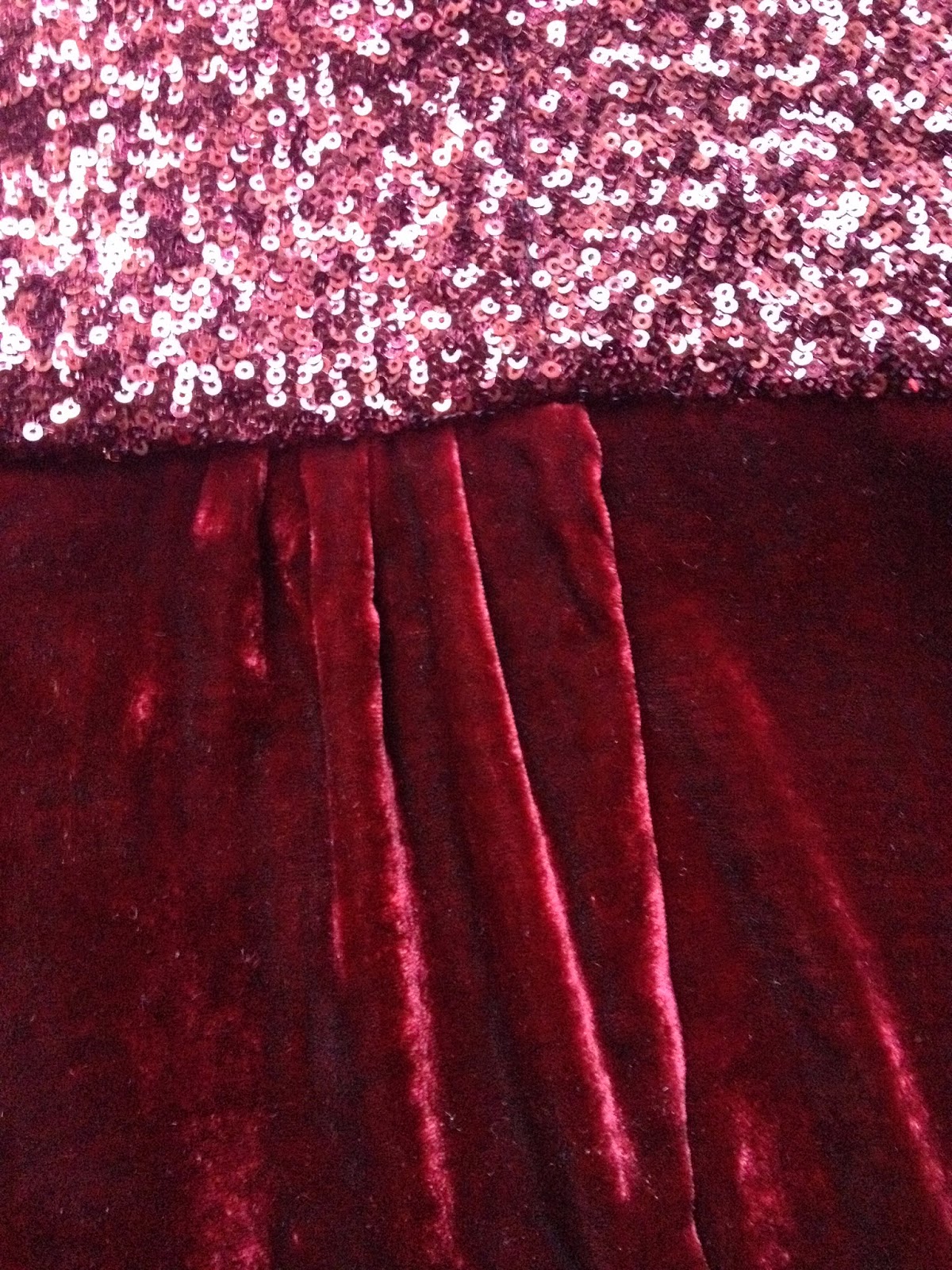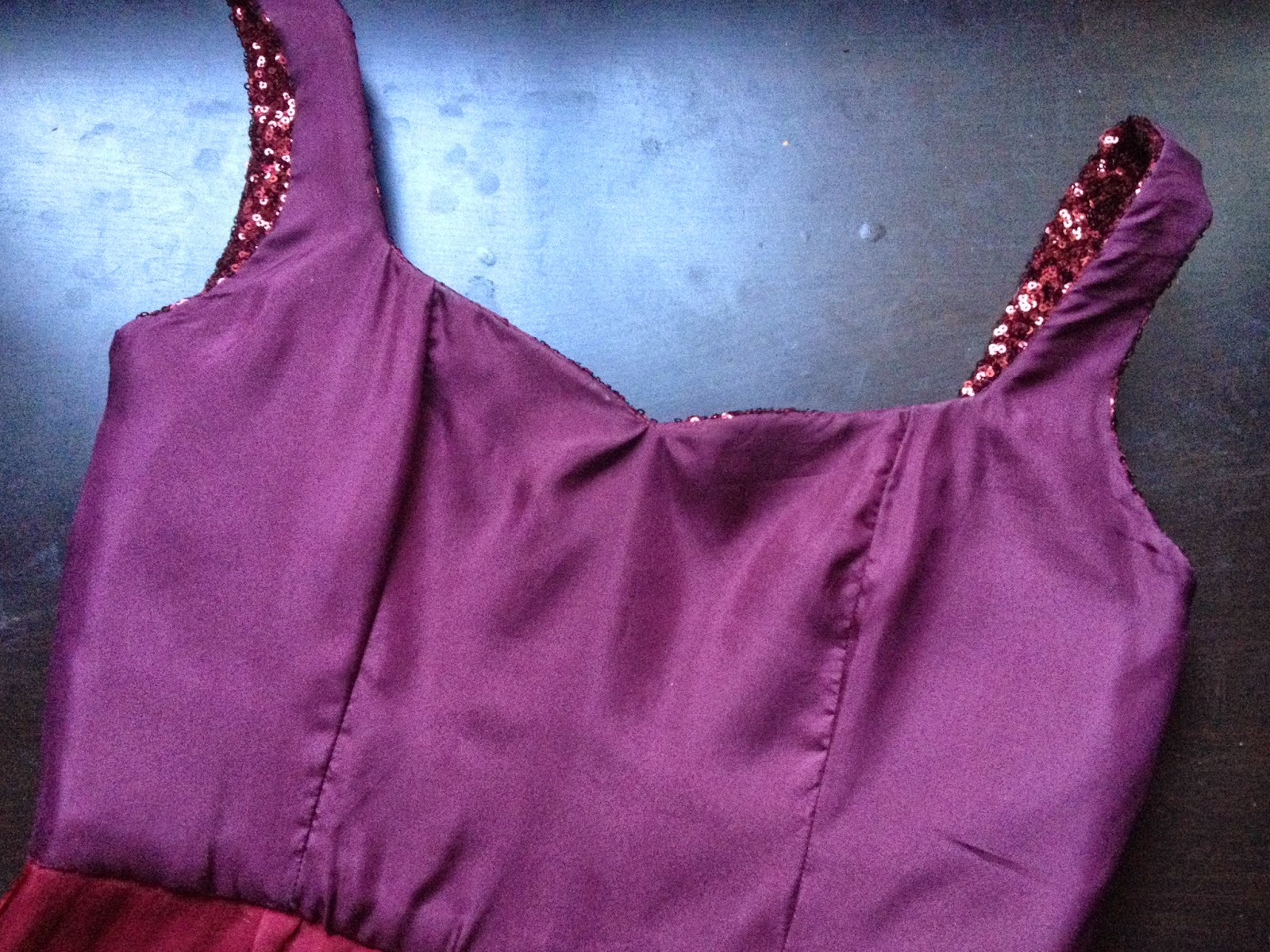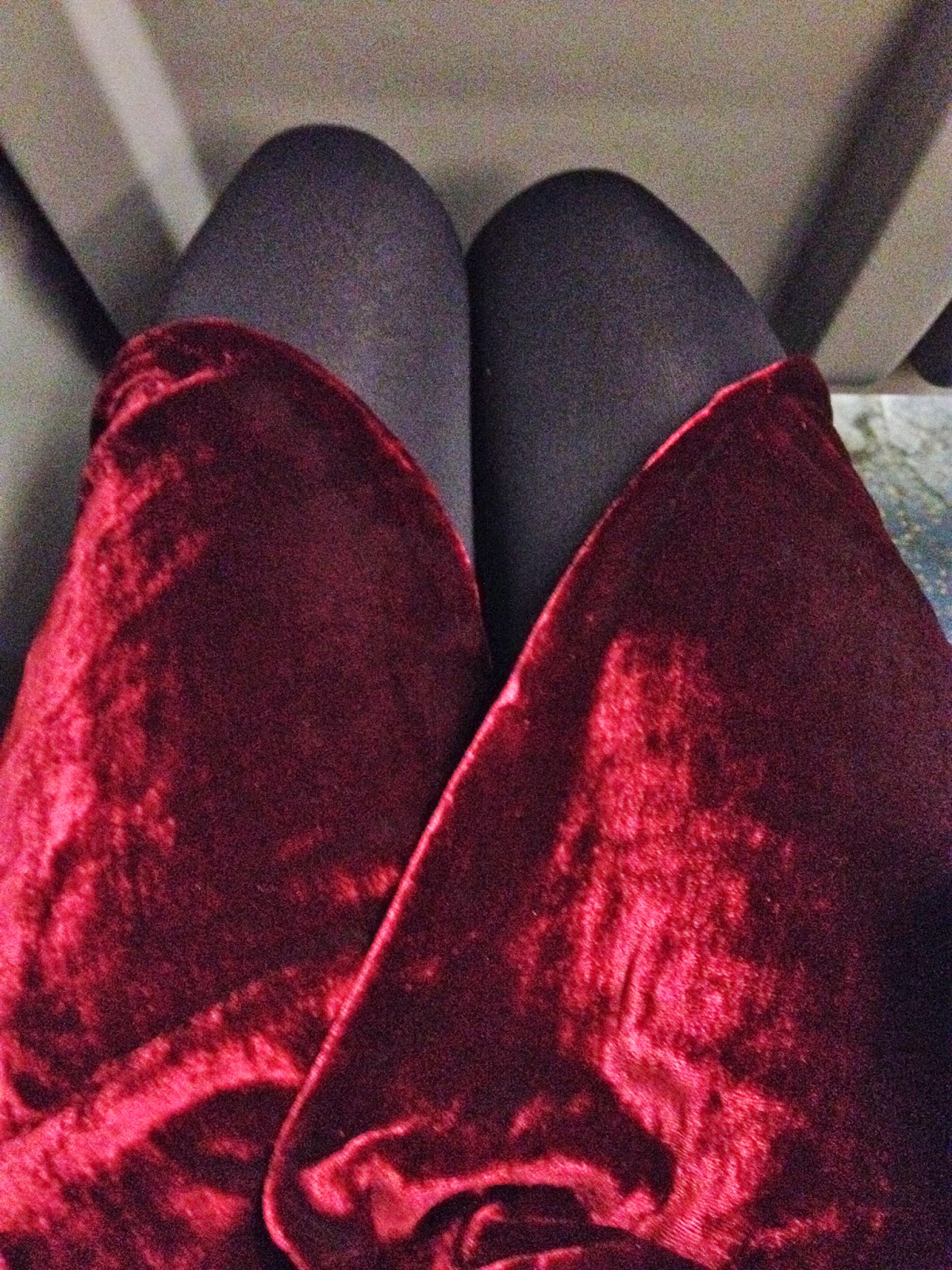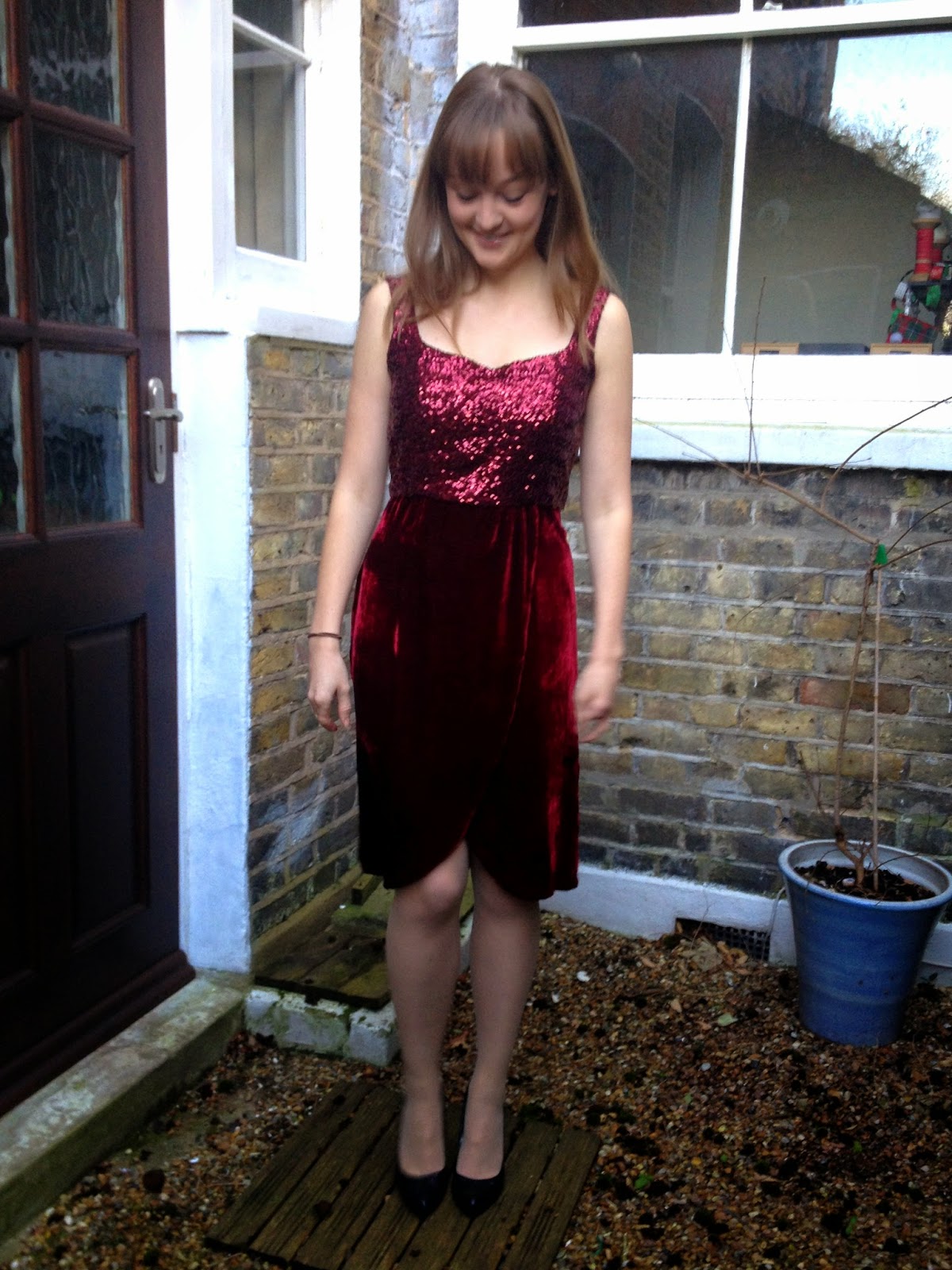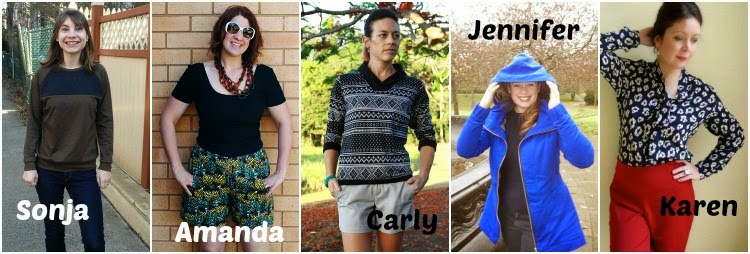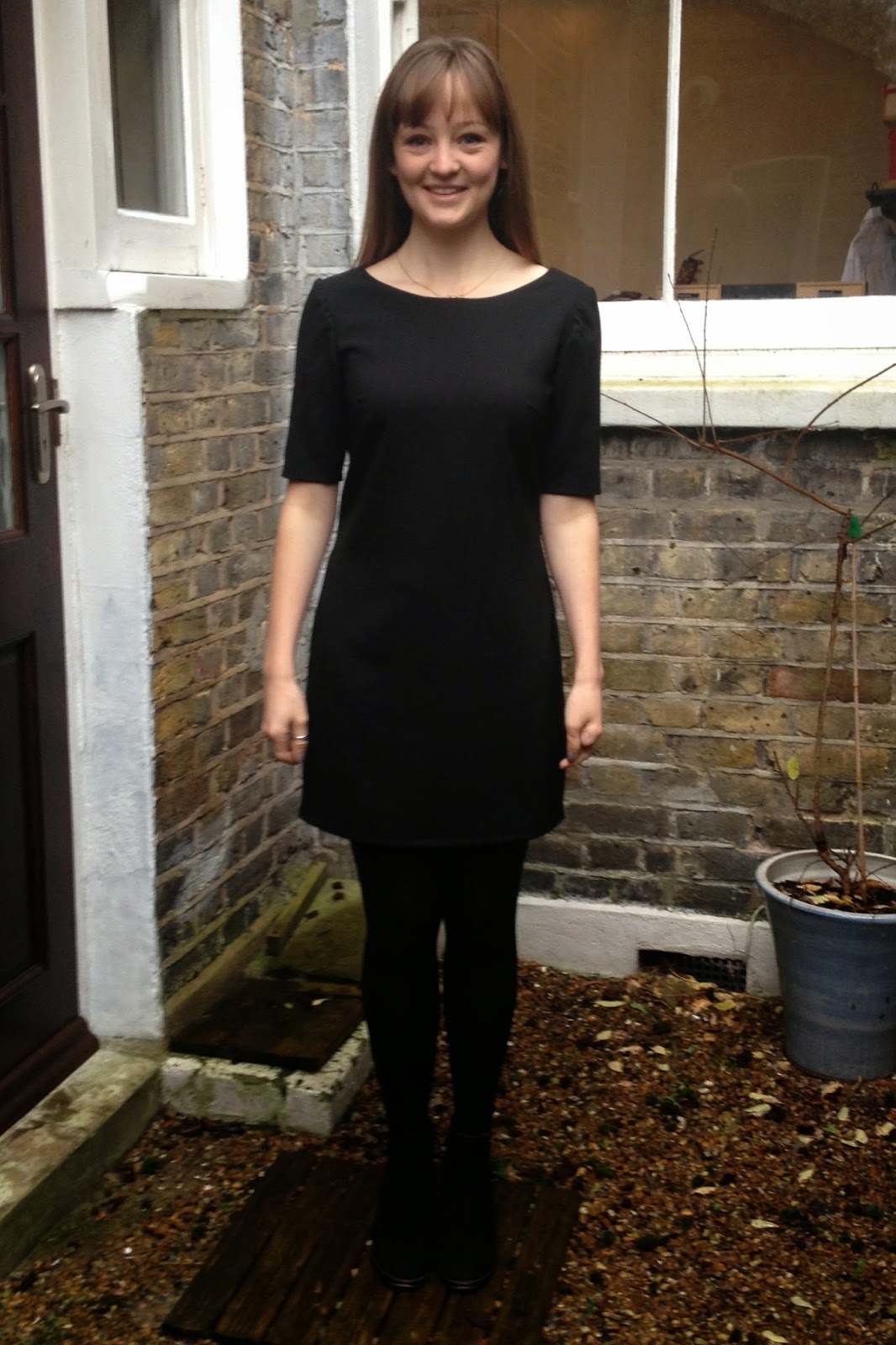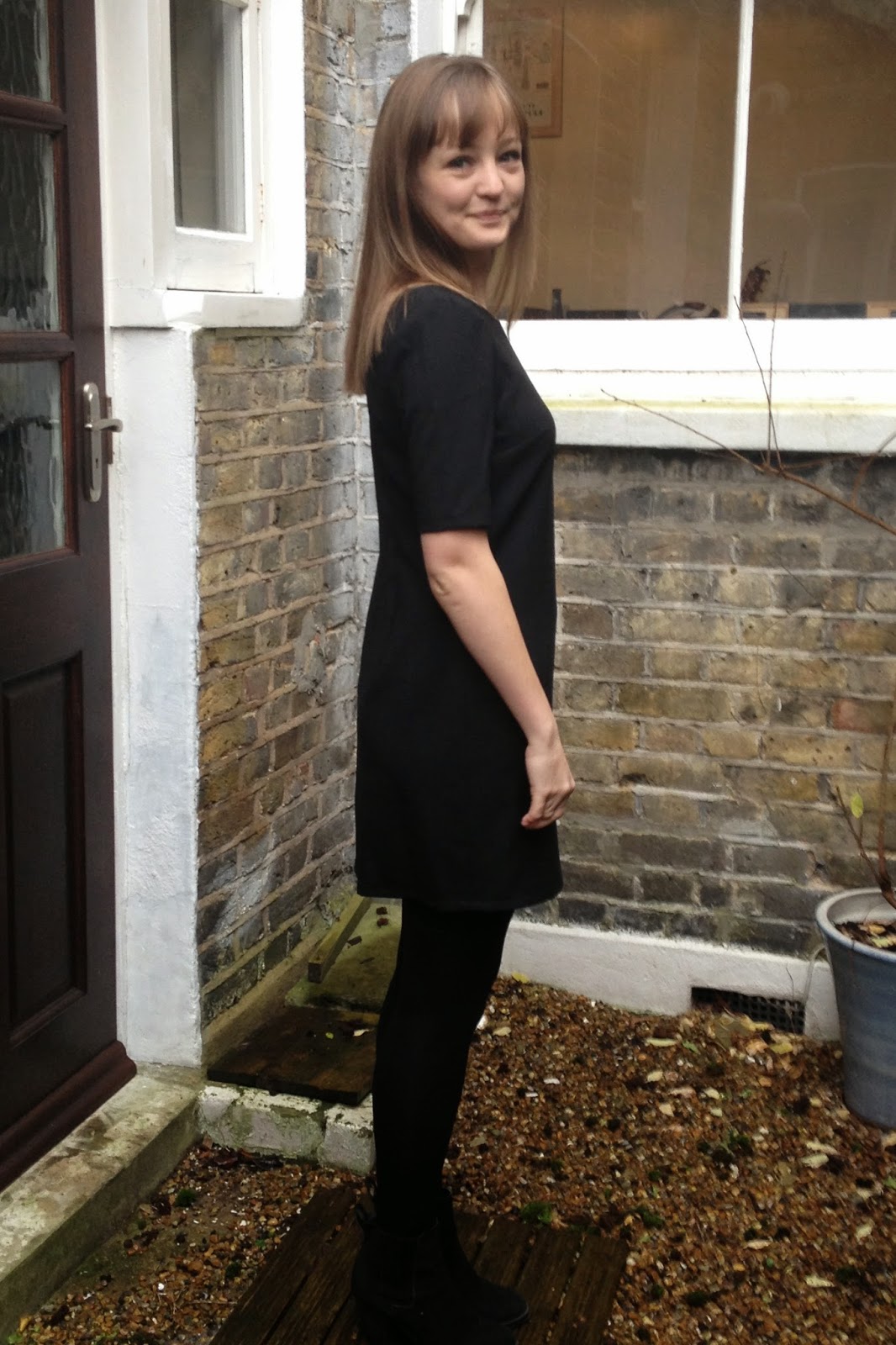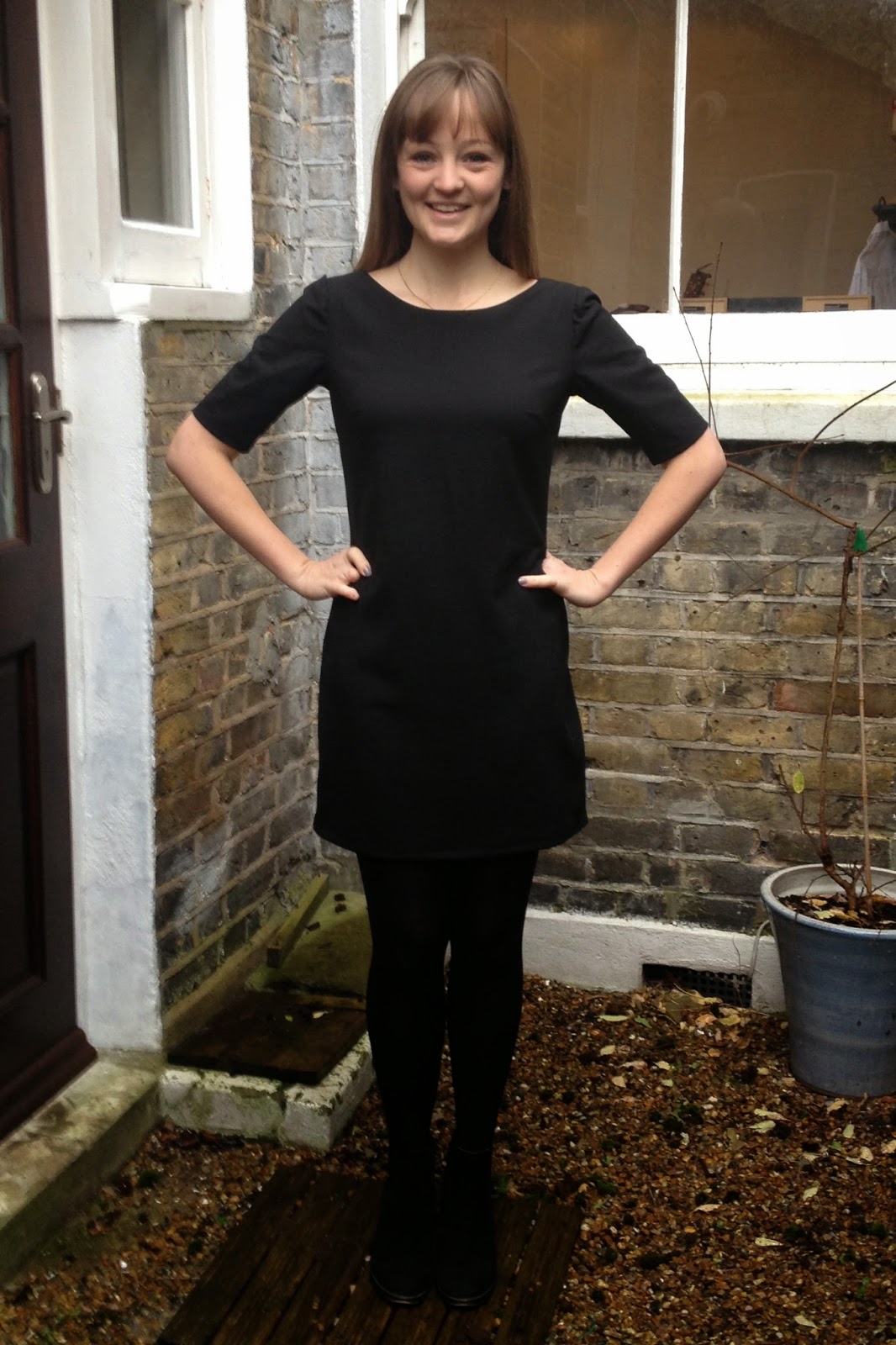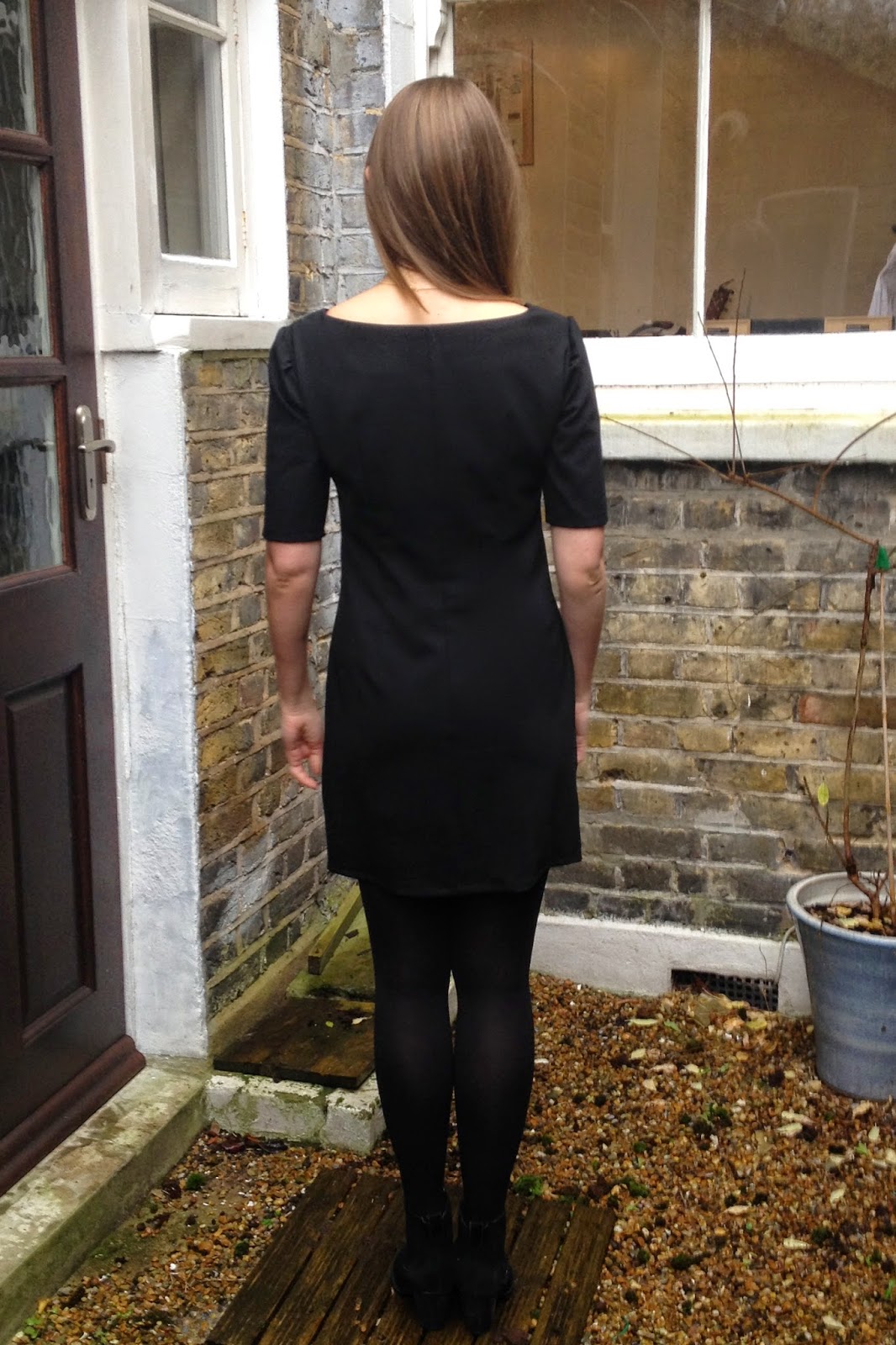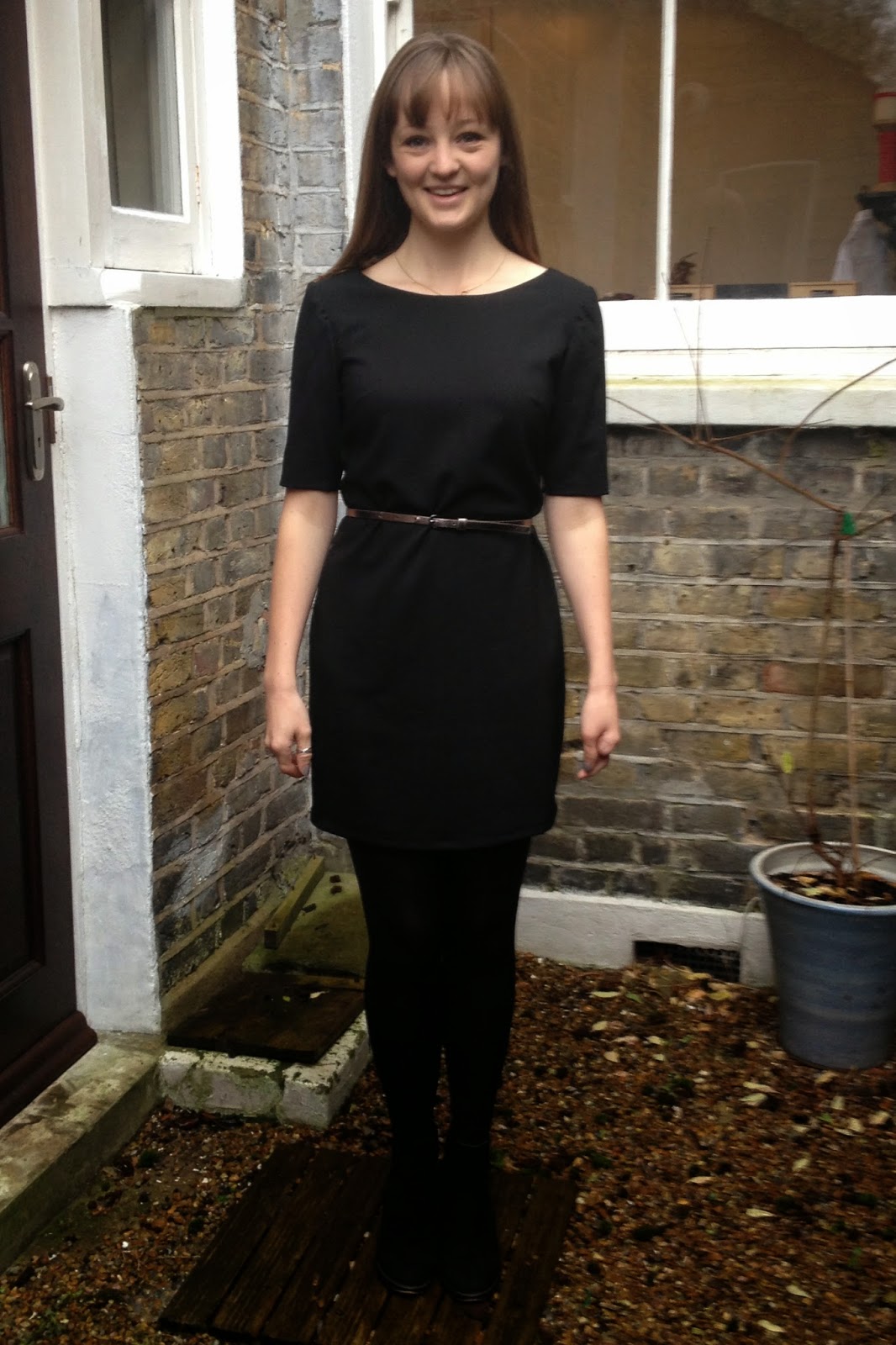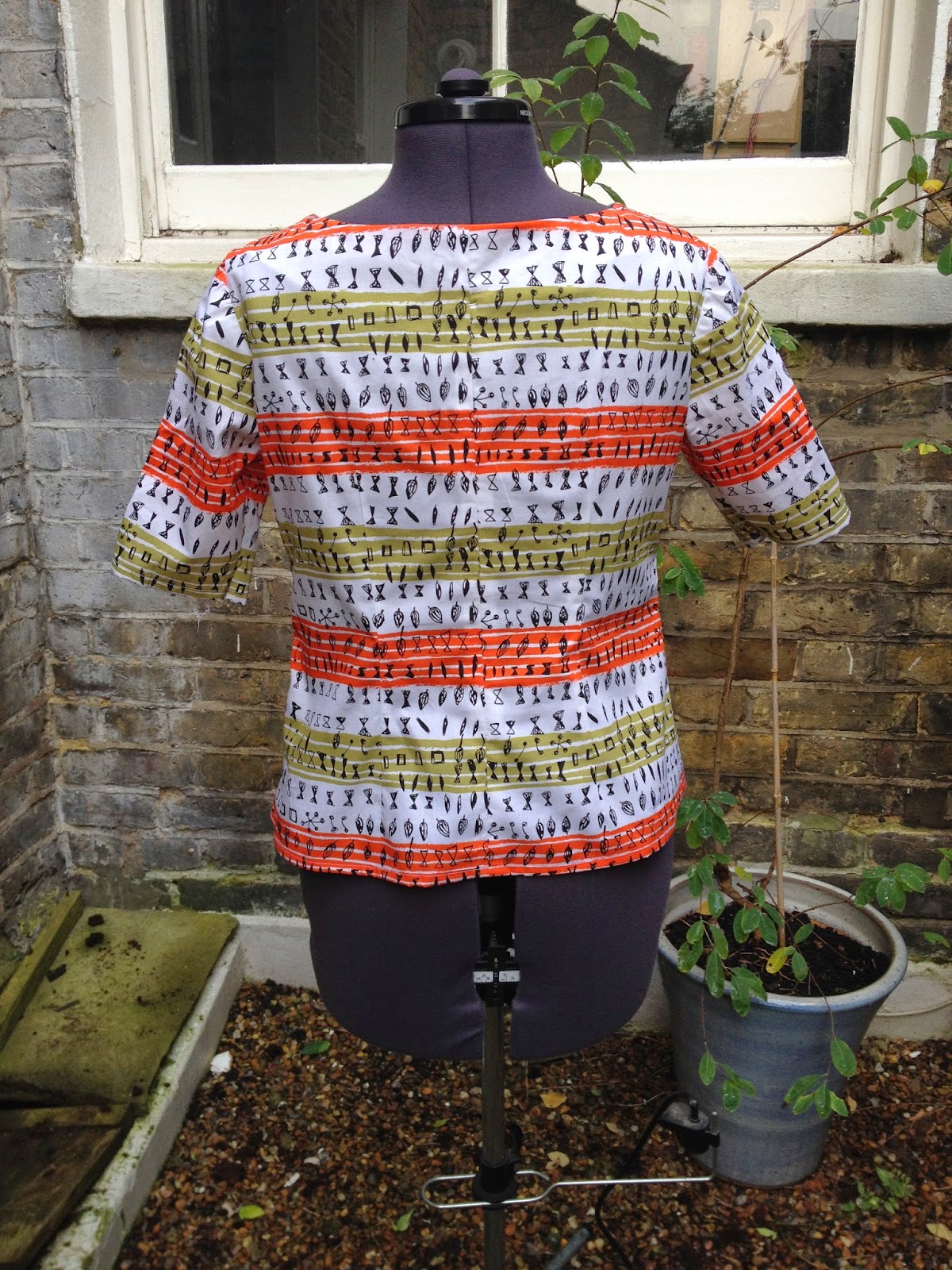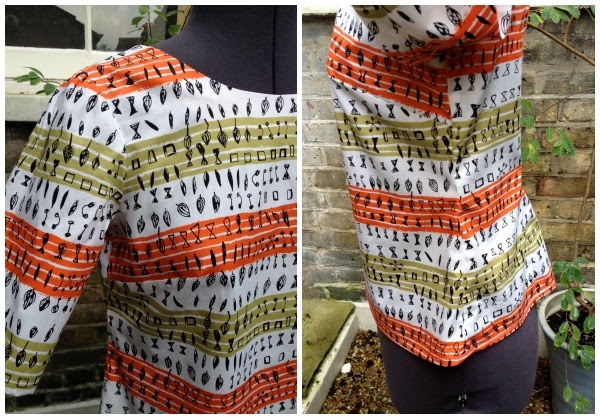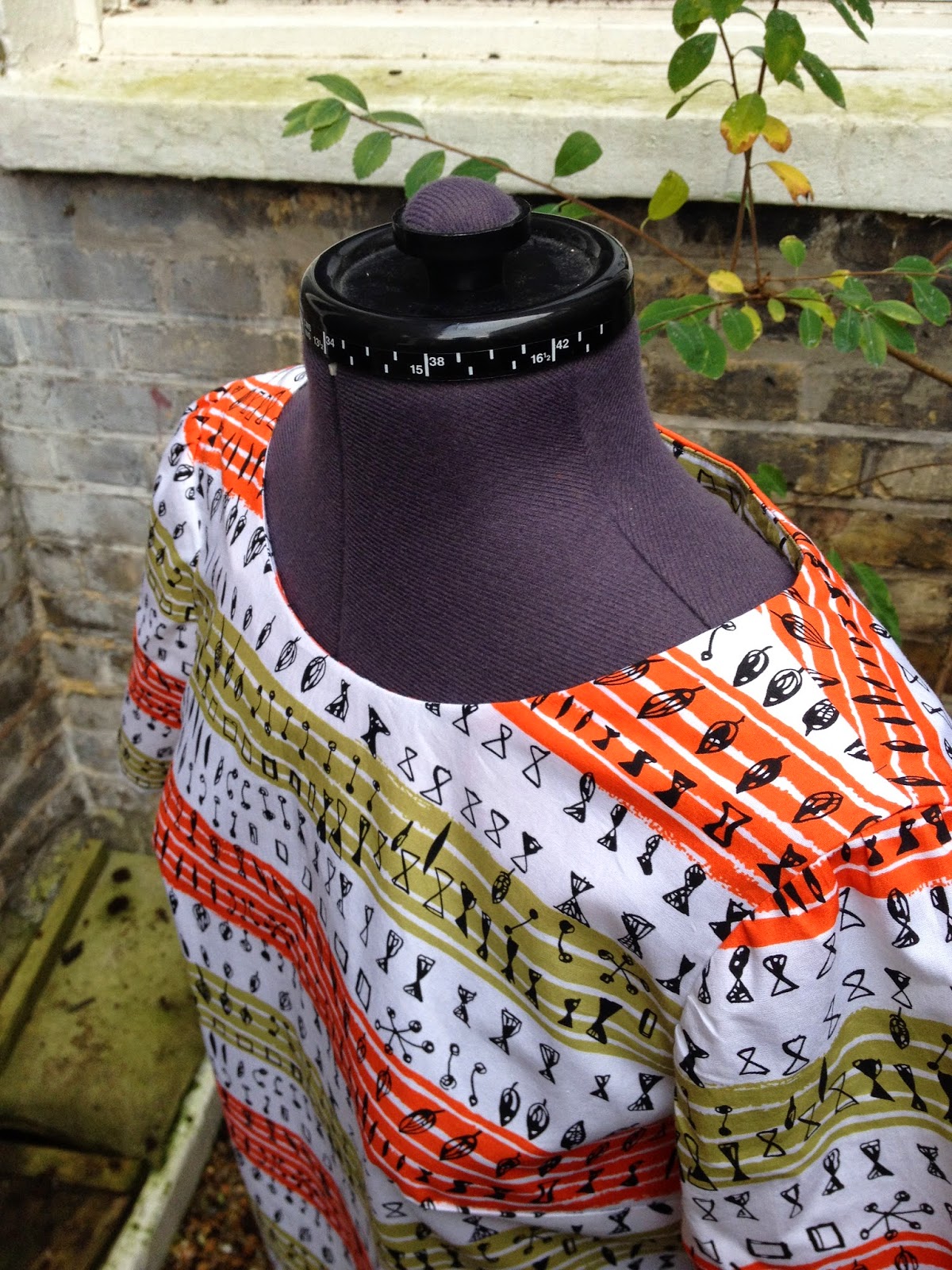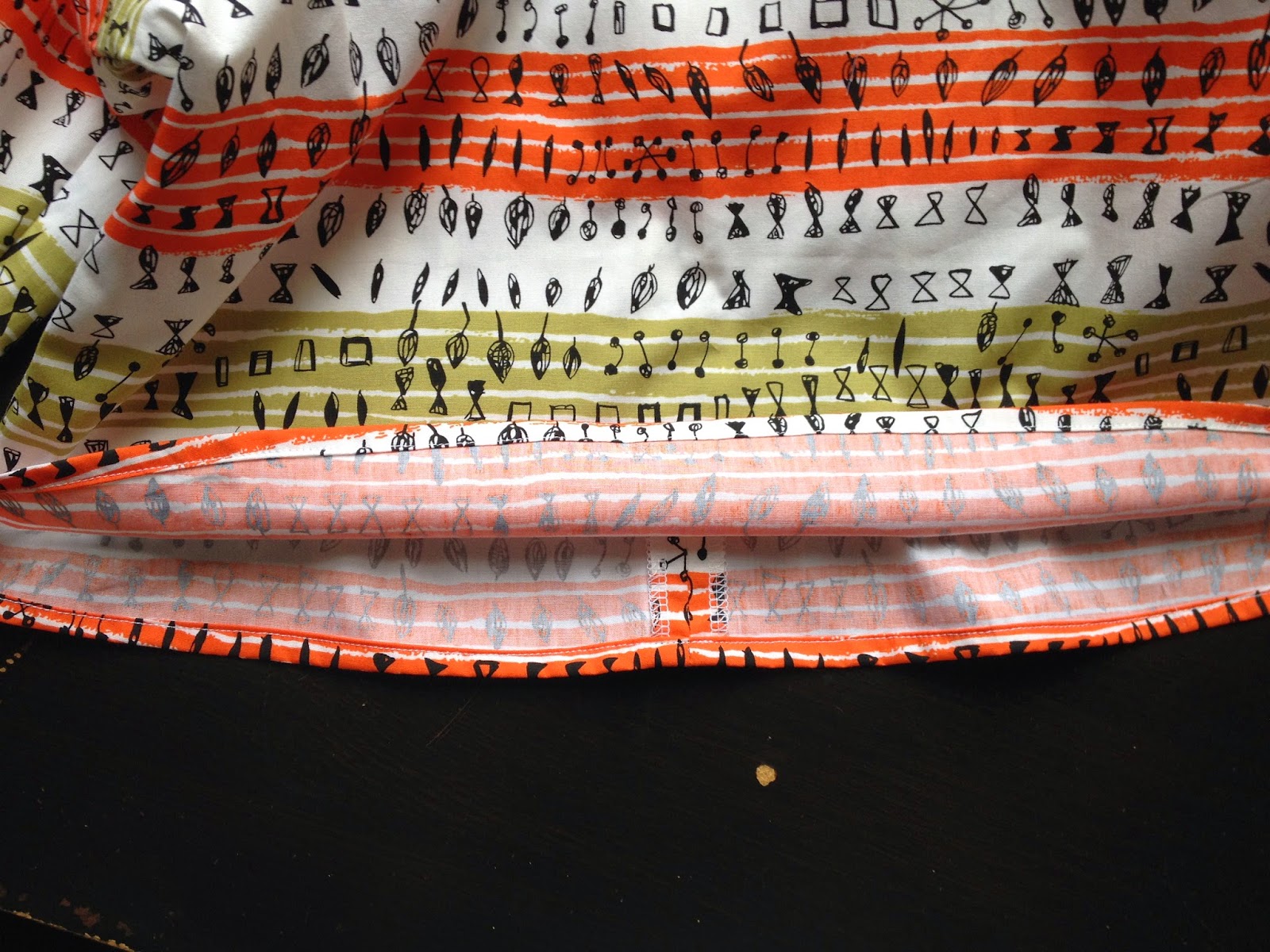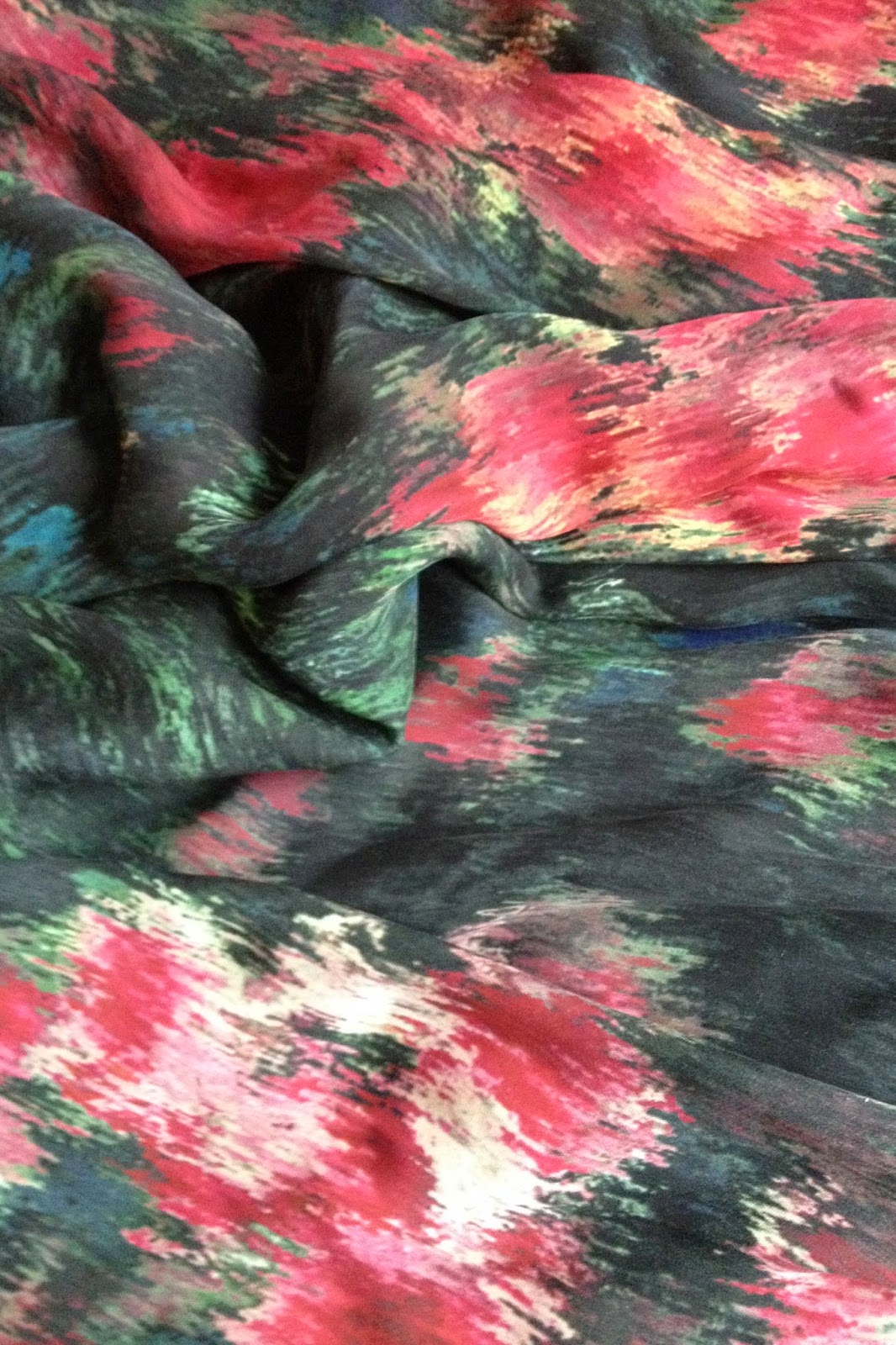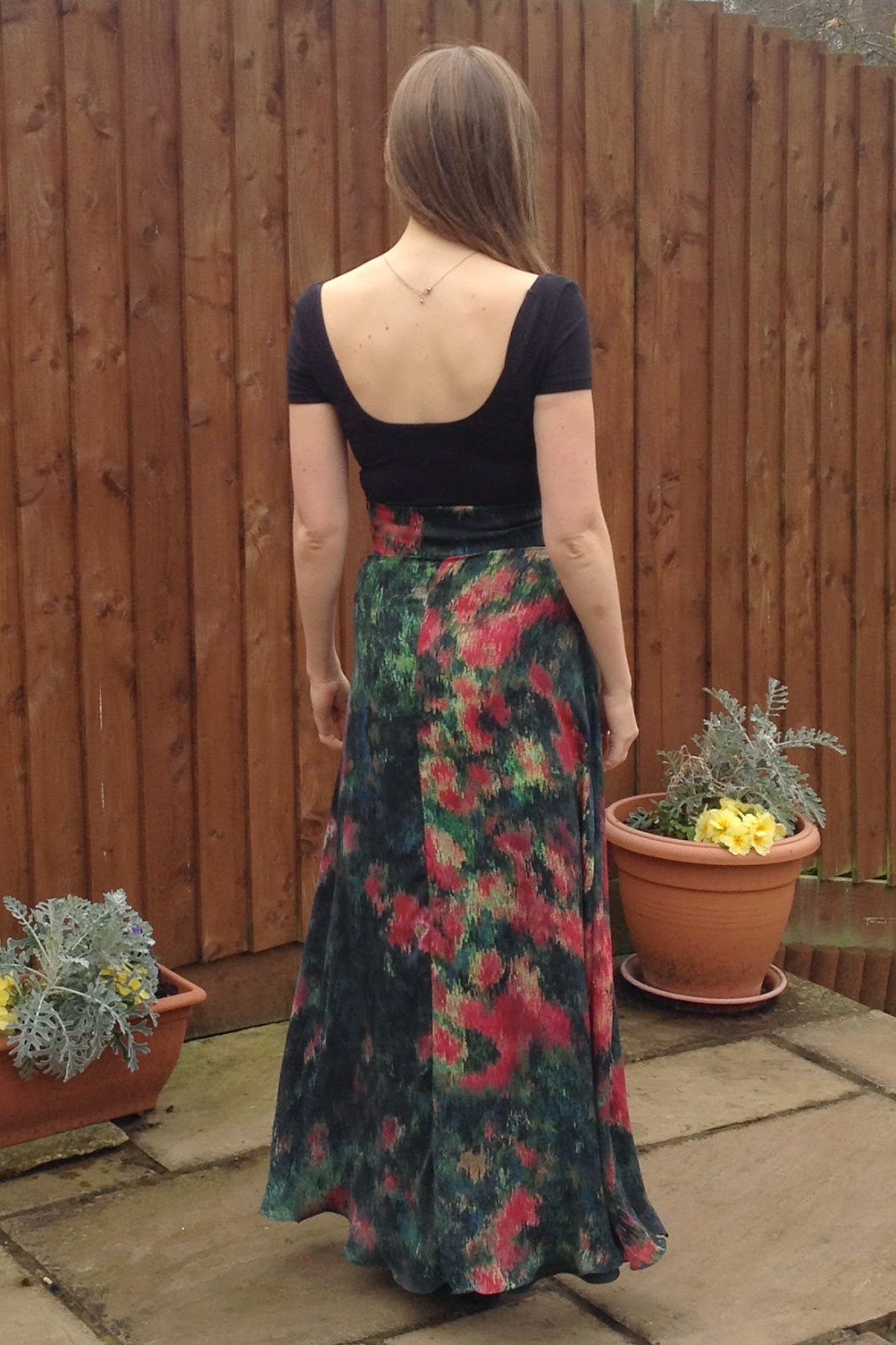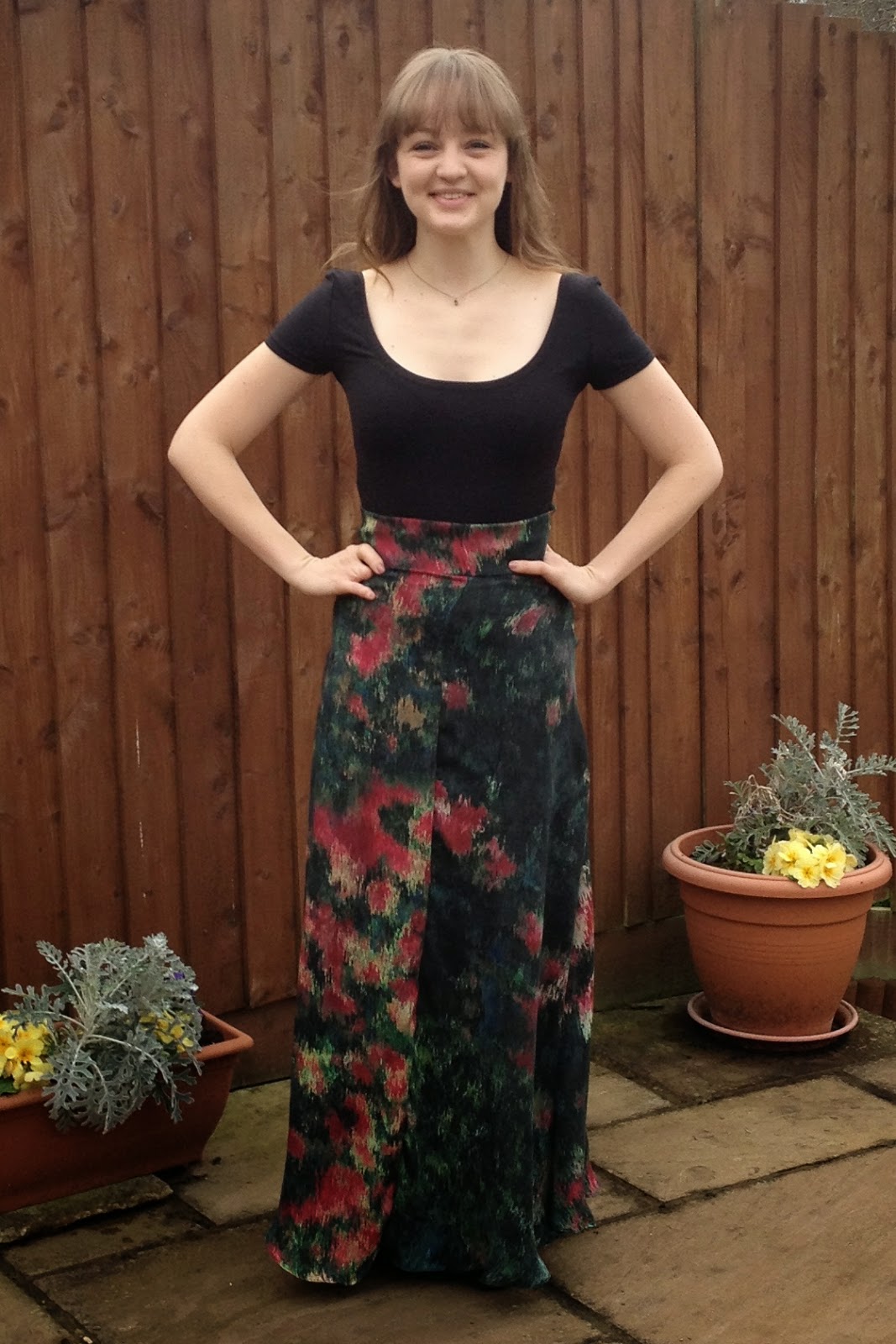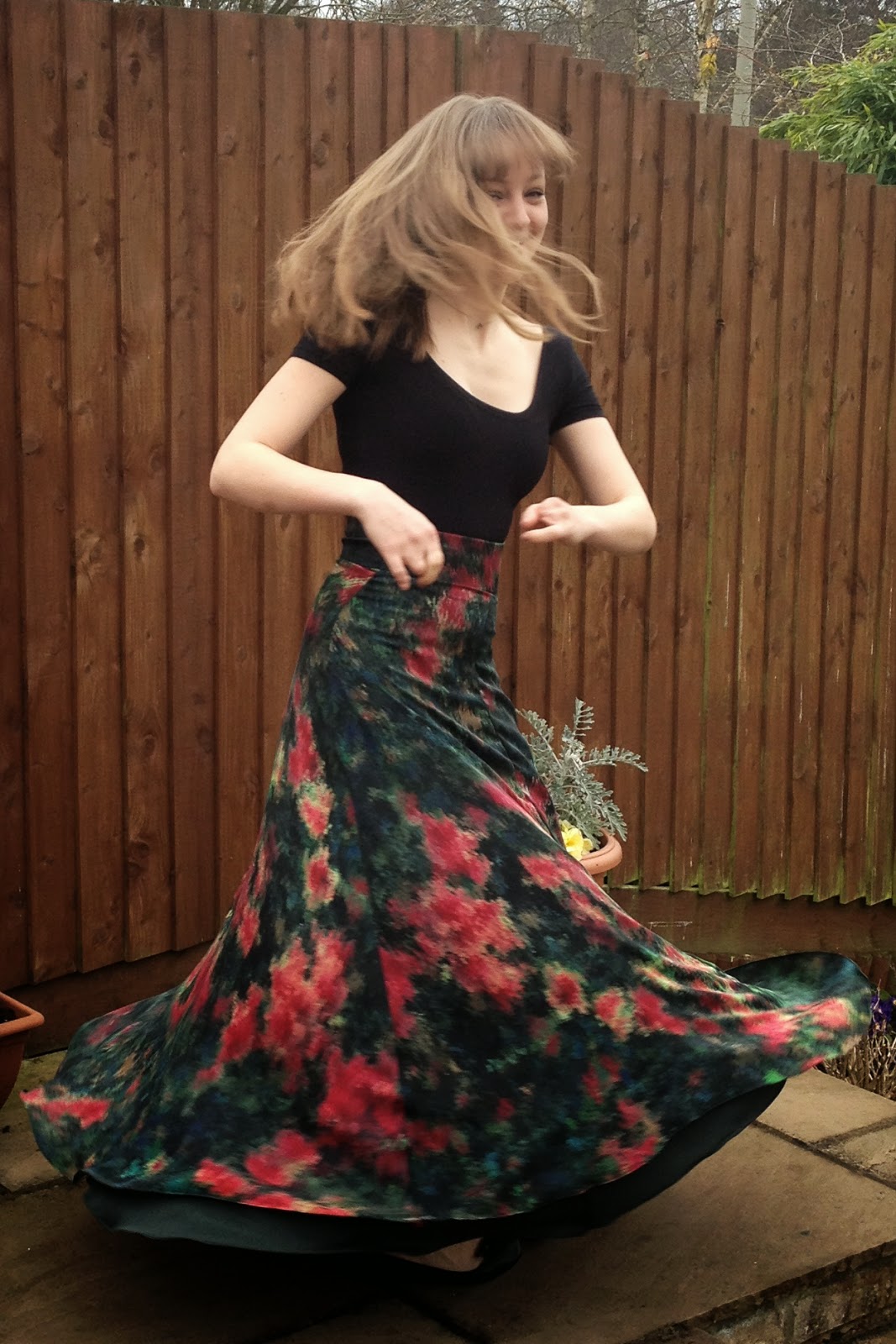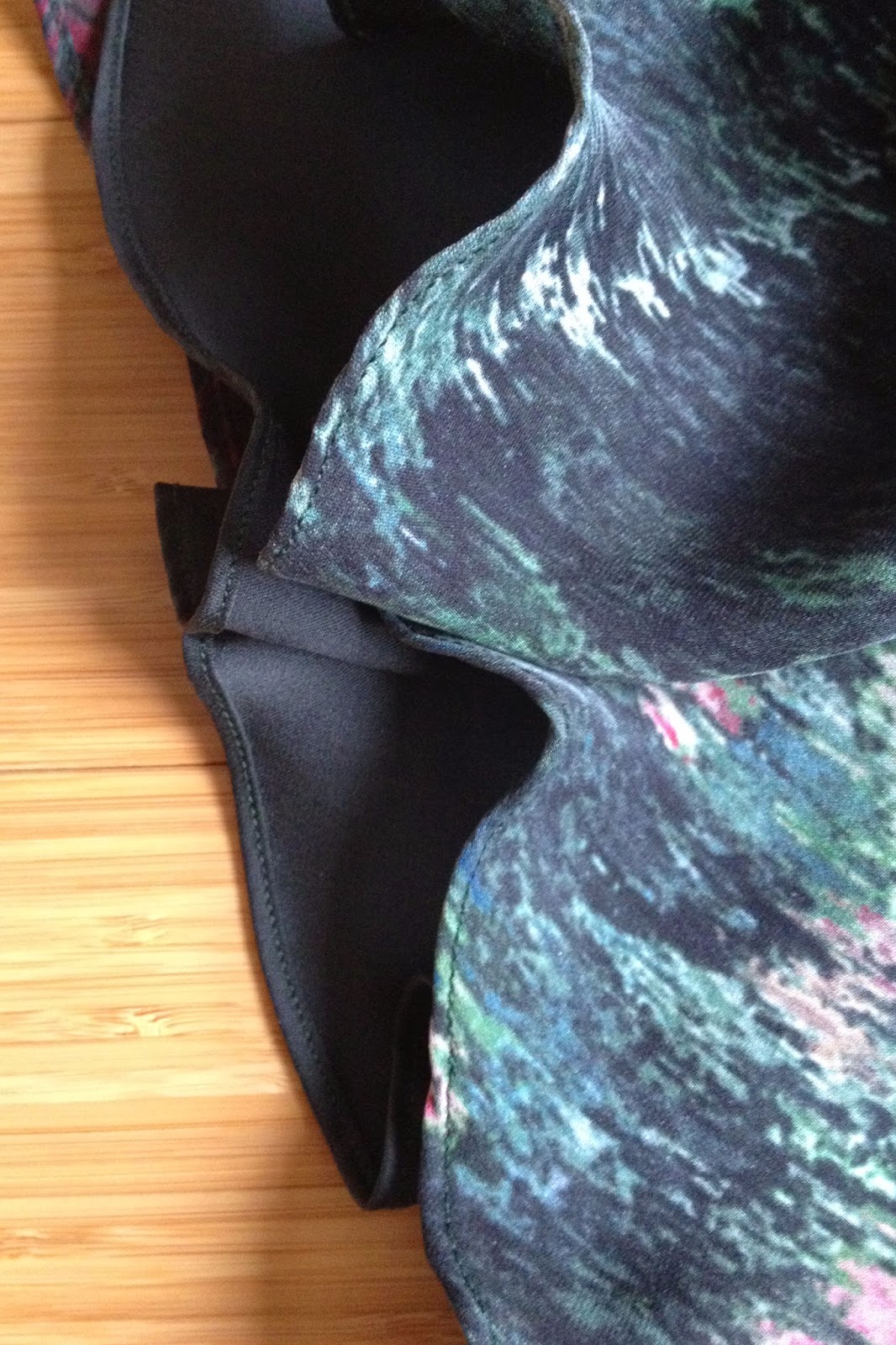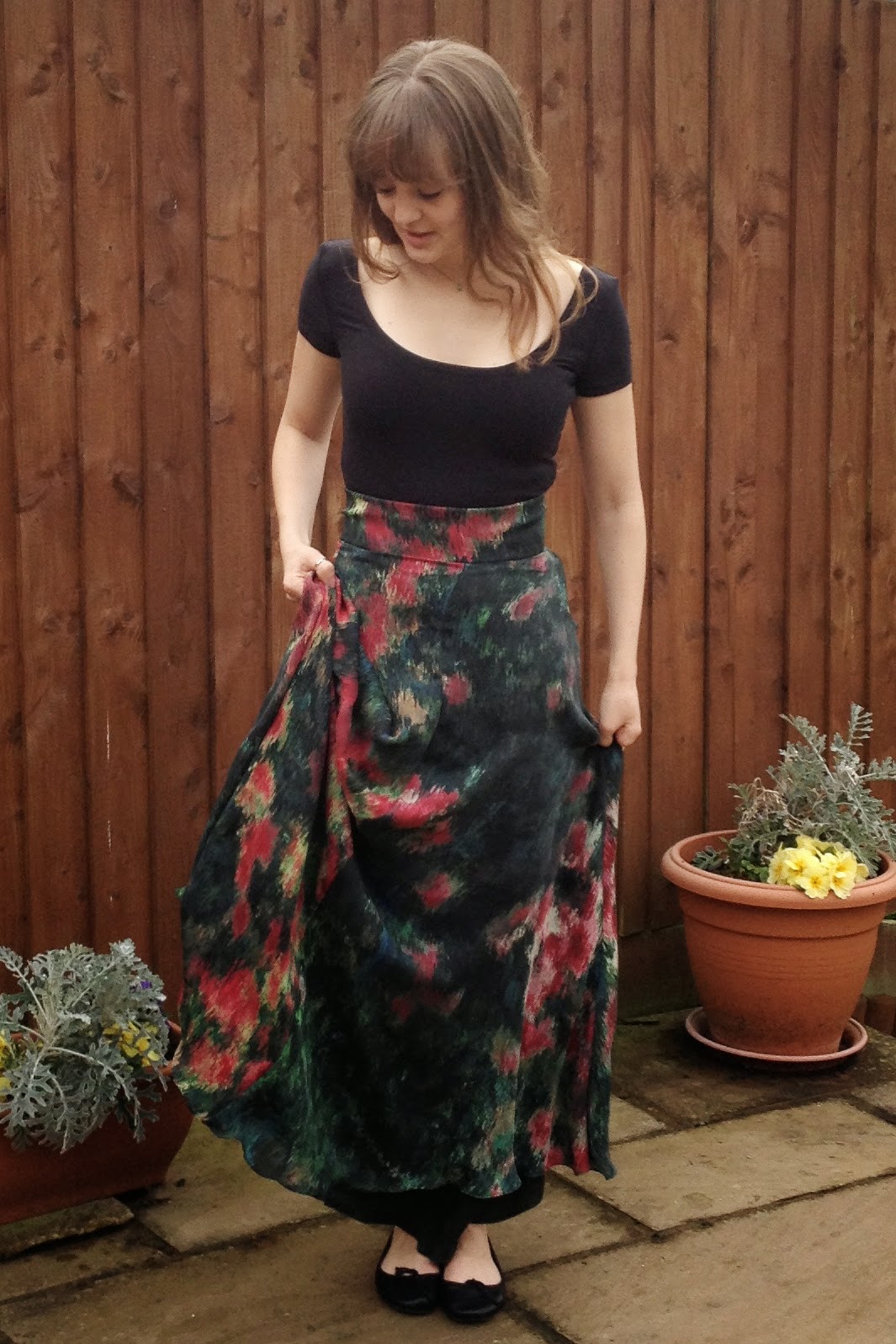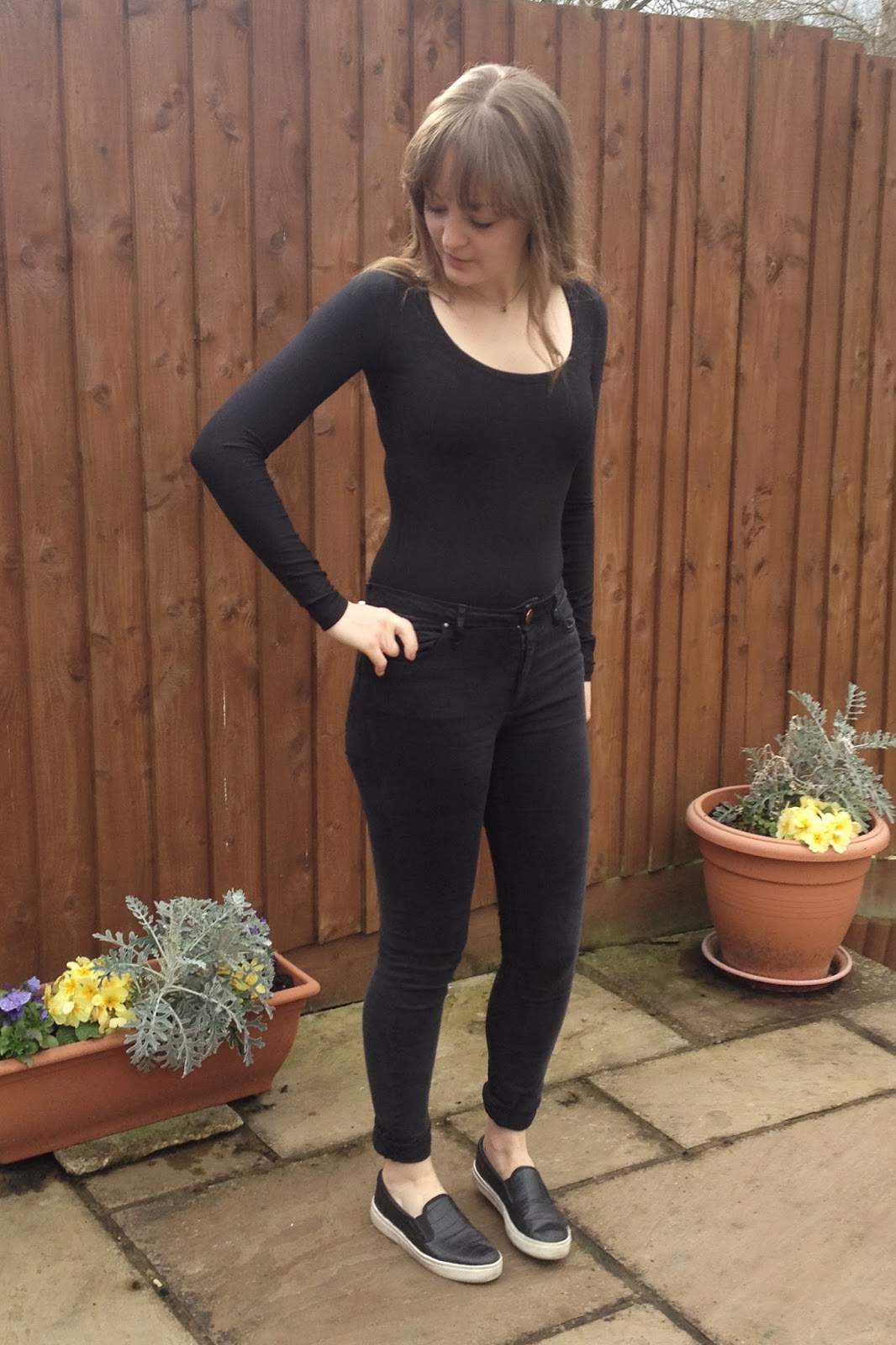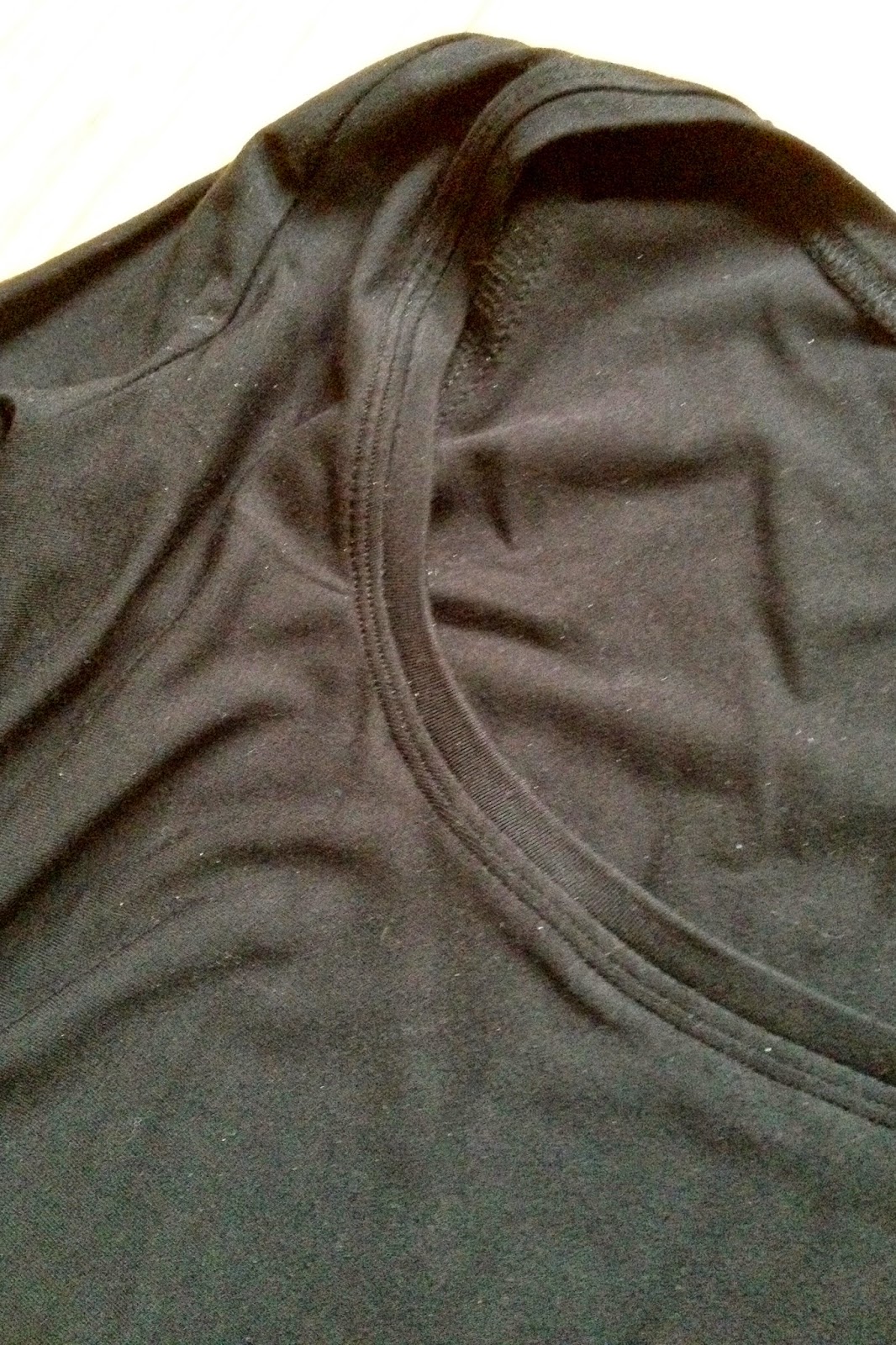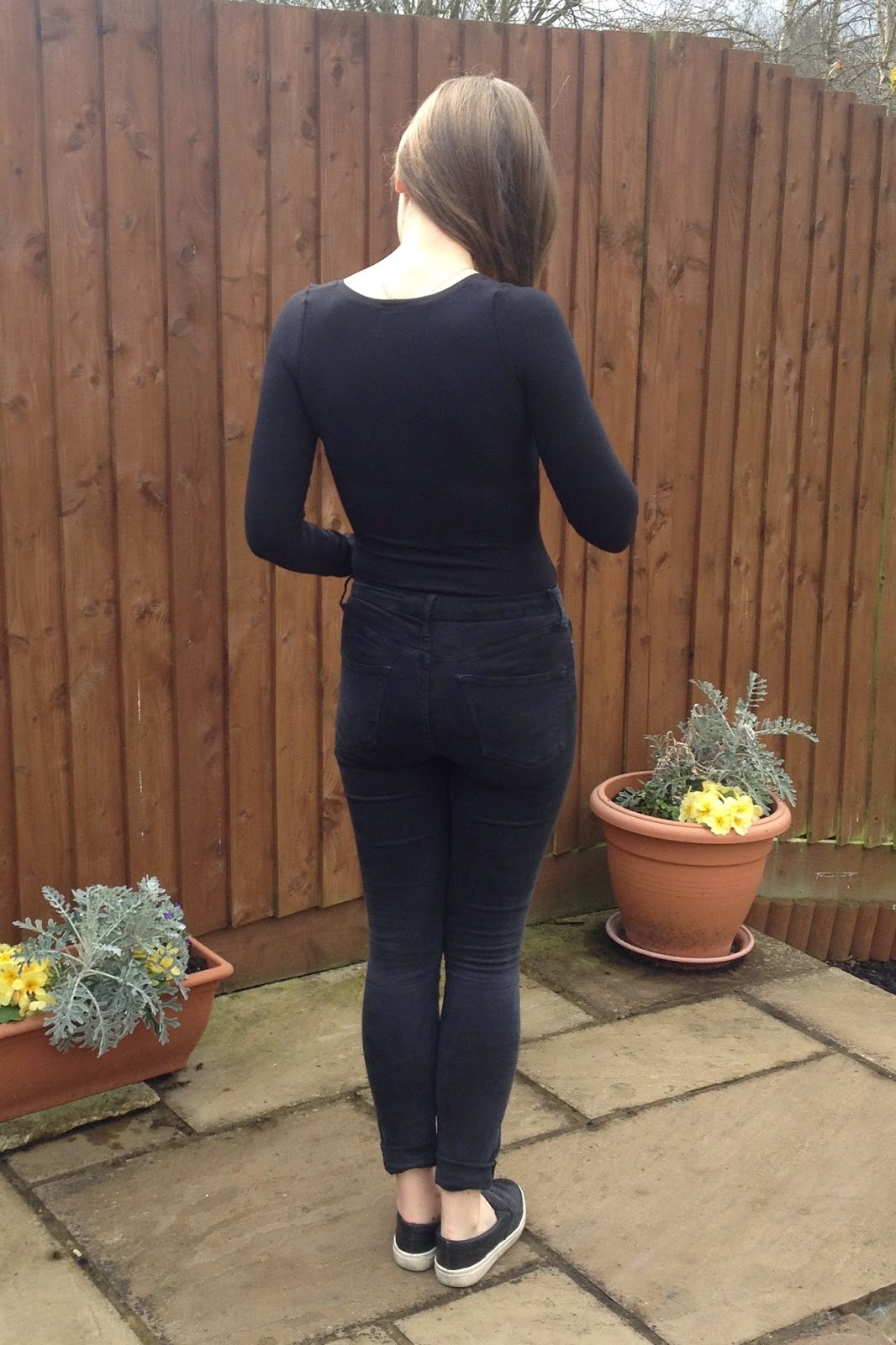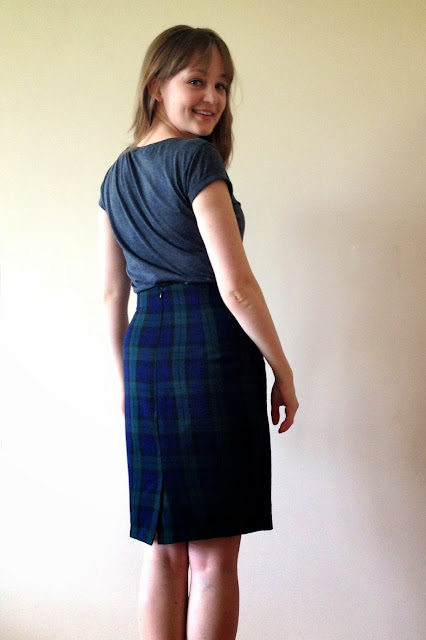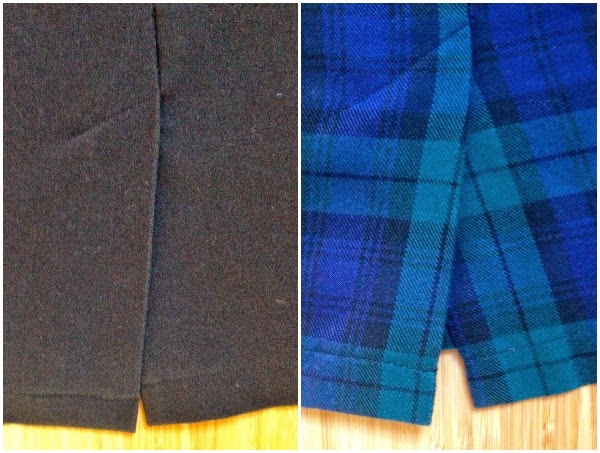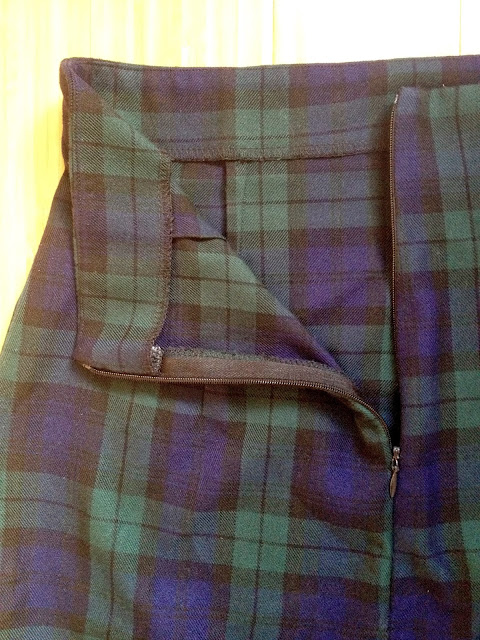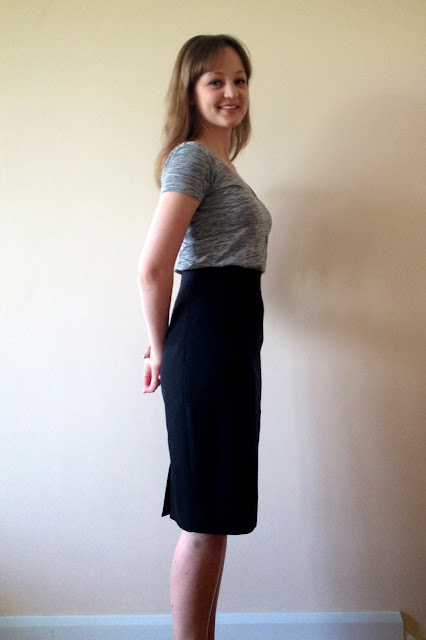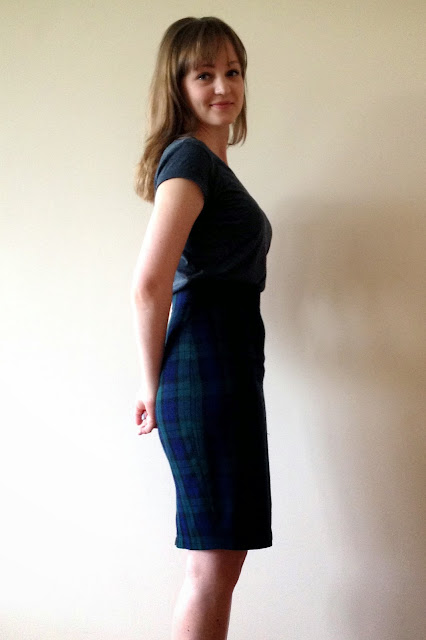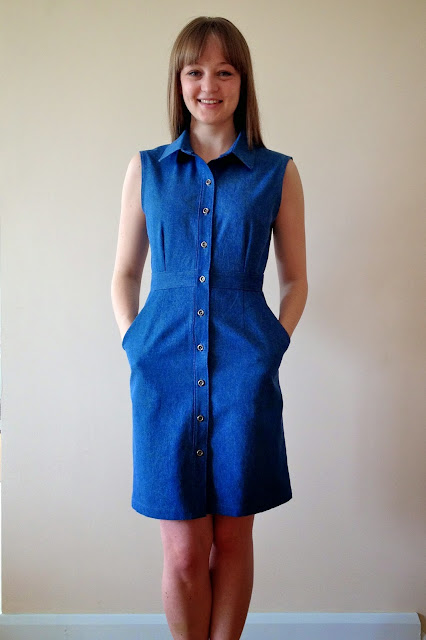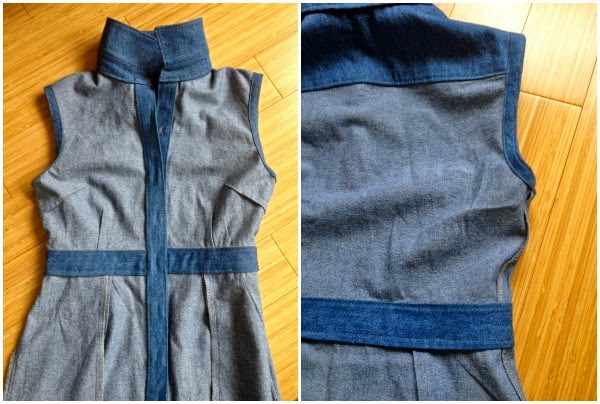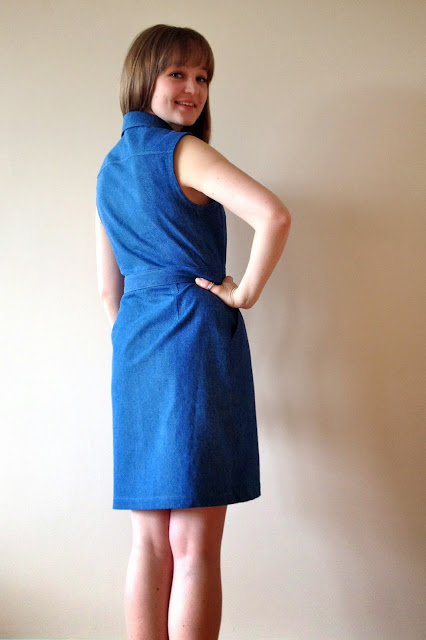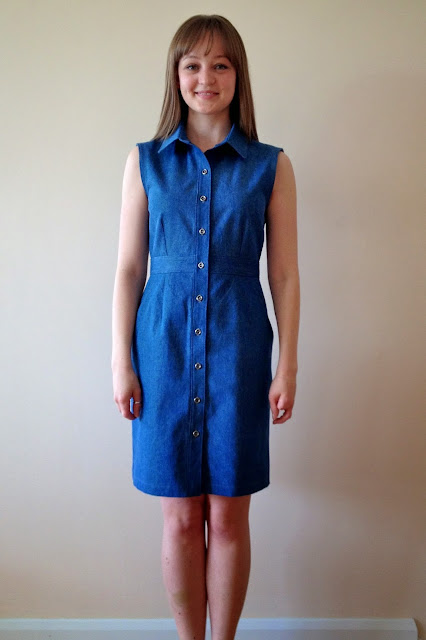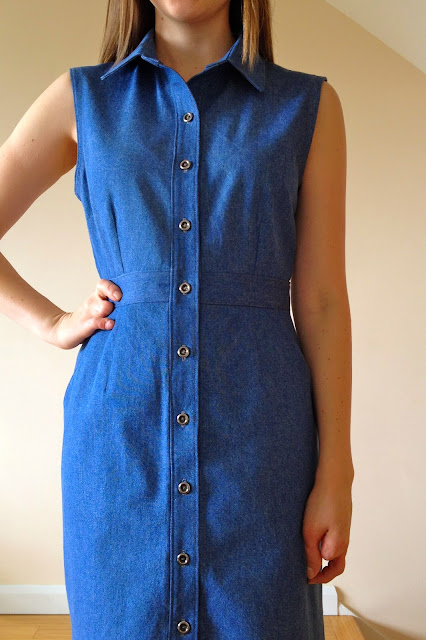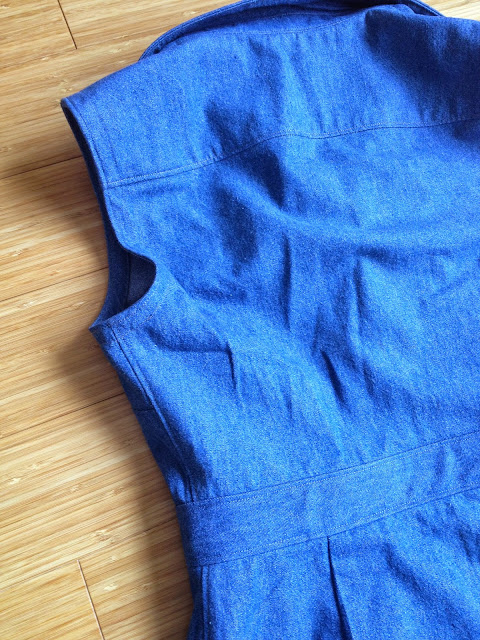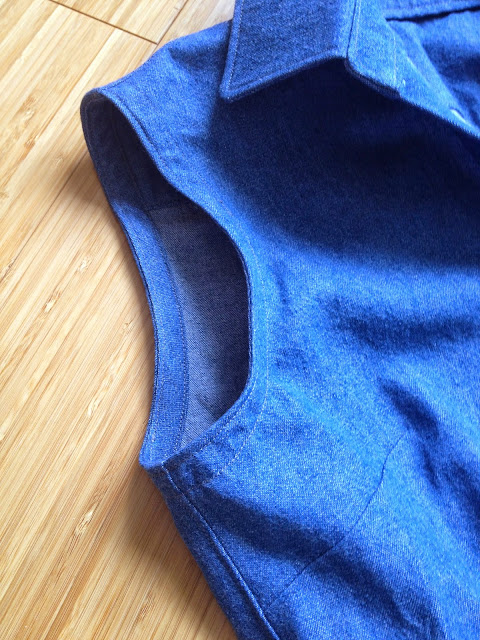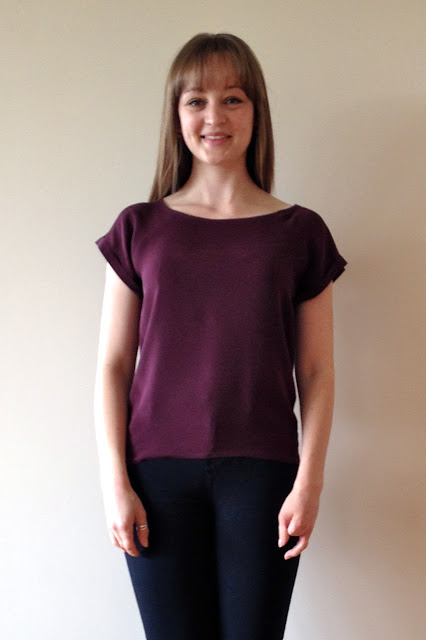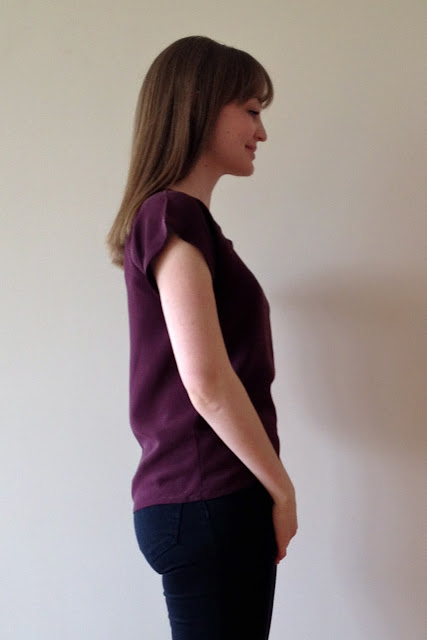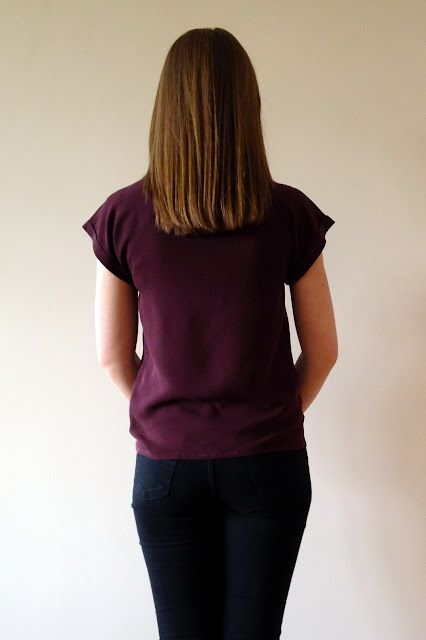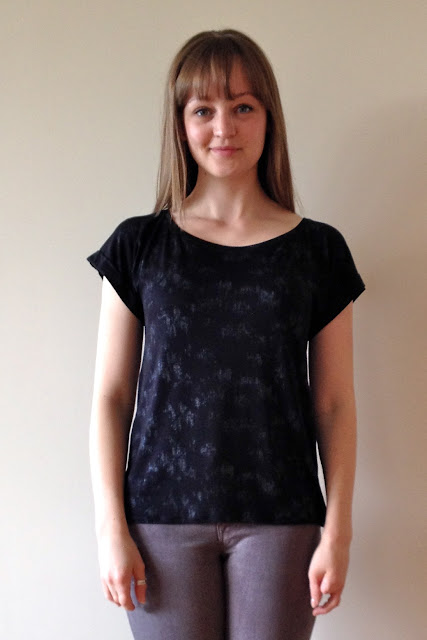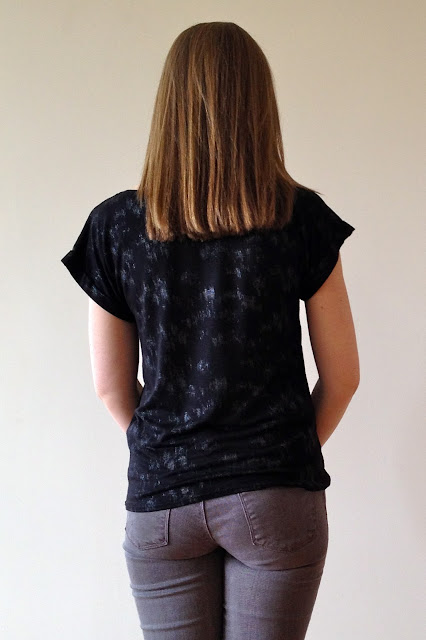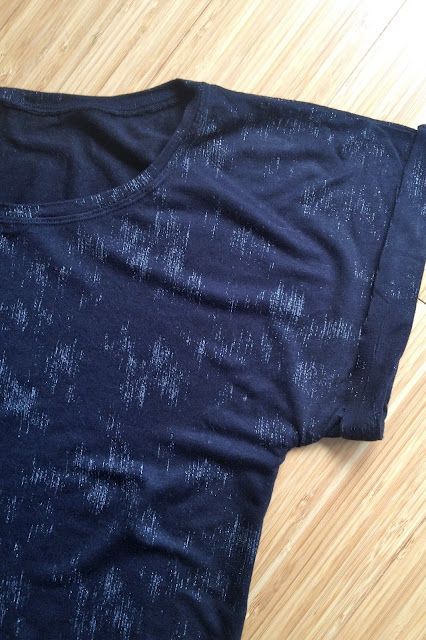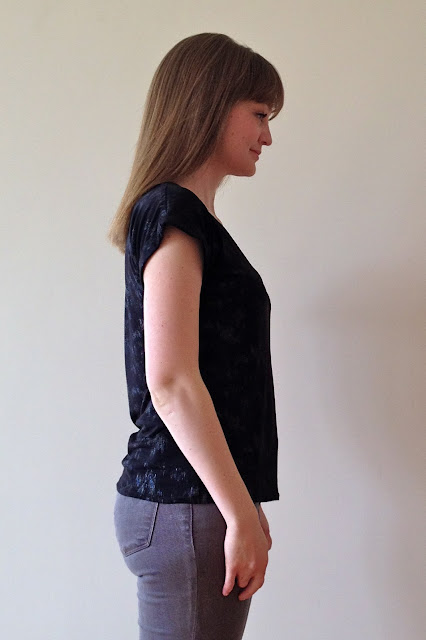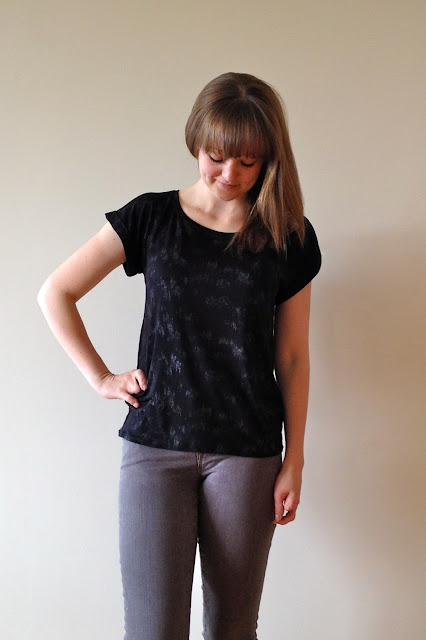I'm really excited to share my thoughts on my latest completed garment as it's from a new pattern company! Kennis from Itch to Stitch contacted me a little while ago to see if I would like to try her very first pattern, the Marbella Dress. I wasn't immediately inclined to sew it up as I already have quite a few dresses in a similarly classic style but I was intrigued by the option for different cup sizes (A-D) and really wanted to try out a pattern from a new company. Let me spoil the ending for you, Kennis clearly knows what she is talking about when it comes to sewing and I'm so pleased with the dress! This review is very much positive but I want you all to know that it is my truthful opinion of my experience with this pattern and it has not been swayed by the free pattern.
The instructions start with really detailed general information including a thorough list of completed garment measurements and specific yardages. I cut a size 0 which is a smidgen smaller than my measurements (particularly at the hip) but there is a fair amount of ease built into the finished measurements and I prefer a close fit. I would say be wary of downsizing too much at the hip though as most of the ease is in the front of the skirt because of the pleats and you don't want the back to end up too tight. I was a little confused about picking the cup size. The instructions suggest to go with your usual size so I went with the D although I was doubting my choice when looking at the shape of the pattern piece. I should have trusted Kennis' advice as it fits like a glove. I was overthinking things though and wondering if perhaps the initial size should be chosen based on the high bust measurement as a separate cup size is then chosen. I don't know enough about drafting to say for sure but I think it worked out for me as I downsized slightly. I'm really pleased with the fit in every area; the skirt is slim yet still walkable and the bodice is comfortably snug all over. I like how the neckline and shoulder area lays so flat. I have got some wrinkles at the lower back which I'd like to look at next time. I'm not sure if I need a tiny sway back adjustment or if they are drag lines caused by something else. Anyone got any ideas?
One of my favourite things about the pattern is the layers option on the PDF. It means you can super simply, in just a couple of clicks, print only your size. They are also instructions for which pages you need to print for which cup size so you are not printing anything unnecessarily. When assembling the PDF you just need to piece together fairly small sections rather than one huge sheet. I did feel there was a bit of paper wastage but I figured some of the blank space would be filled when cutting a larger size. I was really impressed with the quality of the PDF in general, and hope other designers looking at patterns like this will mean a step towards more user friendly PDF patterns.
Despite treating myself to some bargain fabric purchases recently I'm really making an effort to sew through my stash and picked this synthetic mystery which has the appearance of a fine crepe and a subtle fleck in the colour. I got it in Walthamstow and it was actually one of the very first pieces of fabric I ever bought! I needed just 1.3m (at 145cm wide). It is a beautiful rich purple and the weight and body of it worked perfectly for this dress, however it was not so lovely to work with. This felt like quite a lengthy make to me and at points I was finding it difficult to get excited about continuing with it and it was all because of the fabric. It frayed like crazy, didn't respond particularly well to pressing and just wasn't very nice to handle. I was disappointed as I thought the poor fabric choice would turn this into a dress I wouldn't get any wear out of but I'm still delighted with the finished dress as the fit is so great and the instructions result in a really lovely professional finish! Still that'll teach me that I'll enjoy sewing more and would struggle less to get professional results if I invest in a quality fabric to begin with!
As I've become more confident with my sewing and the basic ways to put things together I sometimes tend to skim over the instructions of more straightforward patterns and follow my own tried and tested methods. With this particular pattern I made an effort to follow every step as written and I'm so pleased as I picked up some fantastic tips and new methods along the way. One thing I tried for the first time was stay stitching and then clipping the seam allowances of the princess seams before assembling them. I didn't find it made a huge amount of difference doing it that way round but it was probably marginally easier to ease the curves in. The instructions as a whole are quite lengthy (in a good way!) and each step is accompanied with a clear illustration. I found that they included some fantastic tips which I've never seen in other indie patterns. To give you one example; when stitching the yoke and facing together along the neckline and armholes you are instructed to pin them together with the raw edge of the lining protruding by 1/8". Just this small adjustment (when combined with under-stitching) made such a difference to how neat the neckline looks and when I turned it right side out the lining rolled to the inside almost without needing any encouragement or pressing!
I chose to make the fully lined option and for this I used another fabric which has been in my stash for a while. I got it out of just a metre and I really like how it looks with the main purple. It's just a poly crepe but has a great weight and smooth finish for lining, but is a little static. I'm keen to make the unlined version which just uses the yoke pieces as facings. It has separate instructions at points and theres an interesting method for using bias binding to finish the lower parts of the armholes which I'd like to try.
It was the little details of this pattern made me realise just how well thought out and professional it is; for example the separate hem length marked on the skirt pattern pieces for the lining. I loved all the thorough preparation information which included fusing strips of interfacing to the seam allowances of the shoulders, pocket openings, and zip opening before beginning any construction. I'm definitely going to be utilising a lot of the construction techniques in this pattern in the rest of my sewing in future. It would be a great pattern to tackle once you have a few garments under your belt and are looking to learn how to achieve better results. Kennis has actually just put out a call for testers for her new pattern which has so many variations there's 42 garments possible with the different combinations! I can't wait to see what is coming next.

